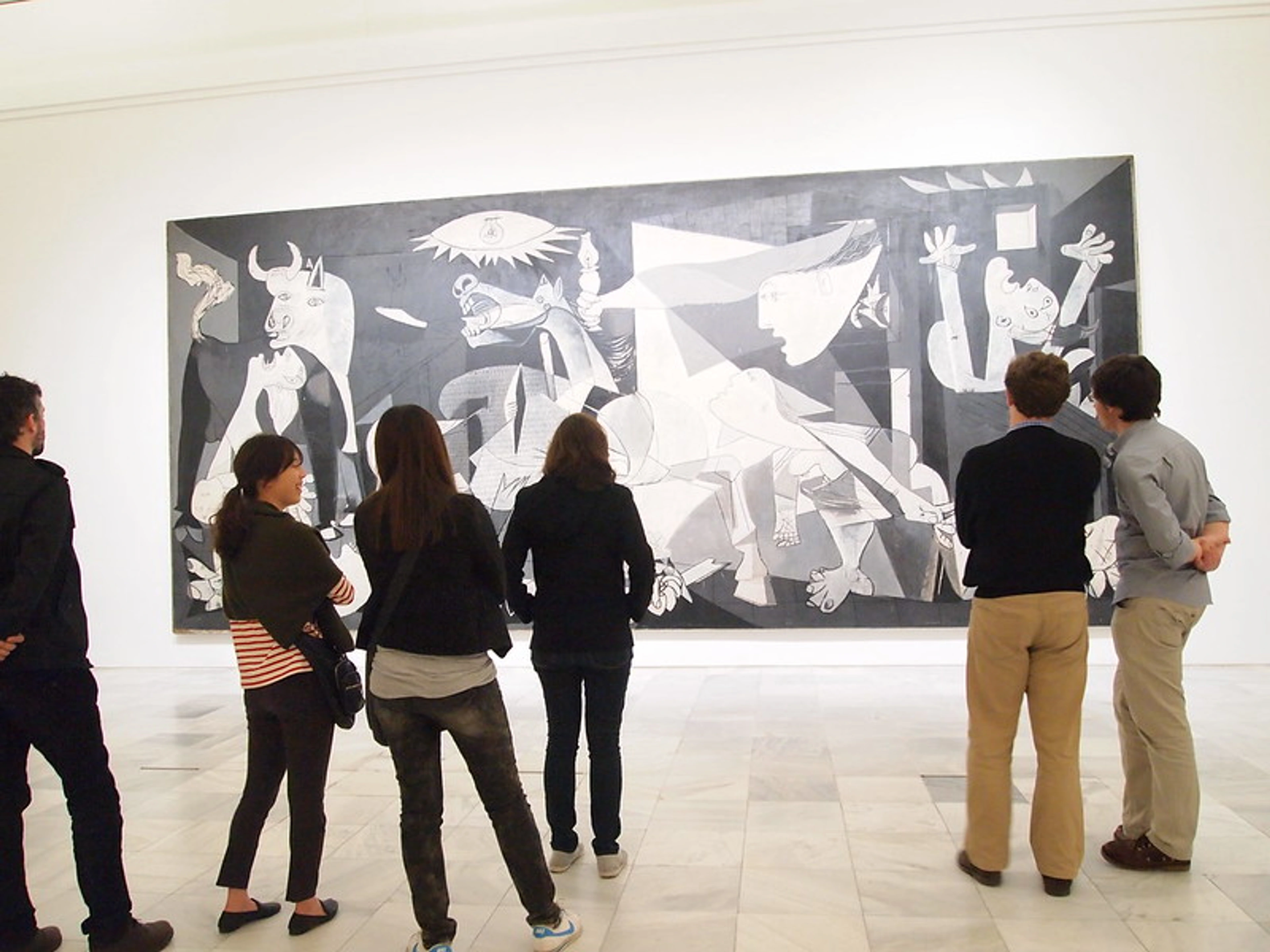
Global Cultural Treasures: Renowned Museums & Galleries Worldwide - An Artist's Guide
Embark on a personal journey through the world's most renowned museums & galleries. Discover iconic art, history, design, hidden gems, collection secrets, the role of technology, and practical tips for your next cultural adventure.
A Personal Journey Through Global Cultural Treasures: Renowned Galleries & Museums Worldwide
There are moments in life that feel like stepping through a hidden door, leaving the familiar behind for something vast and unexpected. For me, that often happens the instant I cross the threshold of a great museum or gallery. It's not just the quiet hush or the sheer scale; it's the feeling that time itself shifts, and the echoes of human creativity, struggle, and triumph resonate through centuries. I remember standing in a dimly lit room, perhaps at the Met or the National Gallery, utterly captivated by the way light fell on a single brushstroke, feeling a direct connection to the artist across hundreds of years. It's a feeling that never quite gets old, even if the sheer scale can sometimes be a little overwhelming, leaving you with that delightful, exhausting 'museum fatigue'. This article is an expanded exploration, a deeper dive into a topic we've touched upon before, offering a more personal, curated selection of the most renowned galleries and museums worldwide. Think of it as a conversation, an invaluable resource for art enthusiasts, history buffs, and curious travelers alike, offering a glimpse into the cultural treasures that await. We'll embark on a virtual tour, categorized for clarity, to discover some of the most significant institutions dedicated to art, history, photography, contemporary art, and design. Exploring these spaces can be a profound source of art inspiration, sparking new ideas or simply reminding us of the incredible things humans are capable of creating. And yes, while this guide focuses on cultural institutions, the world of museums is vast, encompassing everything from natural history to science – each a unique window into a different facet of existence.
A Curated List of Renowned Institutions: My Personal Selection
Navigating the vast landscape of cultural institutions can feel like trying to find your way through a labyrinth without a map, especially when you're trying to figure out what is an art gallery versus a museum, or which ones are truly worth your precious time. To assist in this exploration, the following list presents a selection of globally recognized museums and galleries. Why these? Well, this isn't some objective, definitive ranking handed down from on high. This is my list, shaped by my own experiences, what has moved me, challenged me, or simply stuck with me long after the visit. I've chosen them carefully for their exceptional collections, historical importance, influence, and, crucially, the kind of visitor experience they offer – that intangible feeling of connection or awe. This curated approach provides a focused starting point for those seeking enriching cultural experiences, whether planning future travels or simply seeking to expand their knowledge of global heritage through physical or virtual visits. Finding the single best gallery is, of course, subjective – like trying to pick a single favorite color – but these are certainly contenders for the title based on global impact and visitor acclaim.
Premier Art Museums (Broad Collections)
These institutions typically house vast collections spanning multiple eras, cultures, and mediums. Defining a "renowned" art museum involves a multitude of factors, but for me, it often comes down to that feeling of encountering something truly transformative, something that makes you pause and think about what is art in a new way:
- Exceptional Collections: Breadth, depth, and quality, showcasing masterpieces that have shaped art history (see top artists ever). It's about seeing works that stop you in your tracks, maybe even make you tear up a little (it happens!).
- Historical Significance: Founding stories, architectural merit, and the eras they represent. The building itself can tell a story, sometimes as compelling as the art inside.
- Cultural Influence: Shaping artistic discourse through landmark exhibitions, publications, scholarship, and educational programs. These places don't just house art; they actively engage with it, pushing conversations forward.
- Visitor Experience: Accessibility, interpretation resources (guides, labels), and often significant visitor numbers reflecting public appreciation – many are counted among the most visited art galleries in the world. Because even the greatest art needs to be seen and felt, and ideally, seen and felt comfortably.
- Architectural Merit: Often housed in iconic buildings that are works of art in themselves. Sometimes, the space is as breathtaking as the art.
Here's a look at some titans, places that have certainly left an impression on me:
- The Louvre Museum (Paris, France): Situated in the heart of Paris, the Louvre stands as the world's largest and most visited art museum, welcoming millions annually. Its collection is truly unparalleled, spanning centuries and cultures, with roughly 380,000 objects and 35,000 artworks on display across over 650,000 square feet. Its origins as a royal palace add a layer of historical intrigue to the experience of viewing masterpieces such as Leonardo da Vinci's "Mona Lisa" and the ancient Greek sculpture "Venus de Milo". The sheer scale of the Louvre suggests a depth of artistic and historical narrative that requires multiple visits to fully appreciate. It's easy to get lost, both literally and figuratively, in its vast halls – a feeling that's part of the adventure, like being swallowed by history itself. Interestingly, this global landmark, with its instantly recognizable glass pyramid entrance designed by I.M. Pei, was not initially conceived as a museum but rather served as a fortress before its transformation into a repository of art and culture. Its consistent presence at the pinnacle of "best art galleries" lists underscores its enduring renown. I remember the first time I saw the Winged Victory of Samothrace at the top of that grand staircase – the drama, the movement, the sheer presence of it took my breath away.
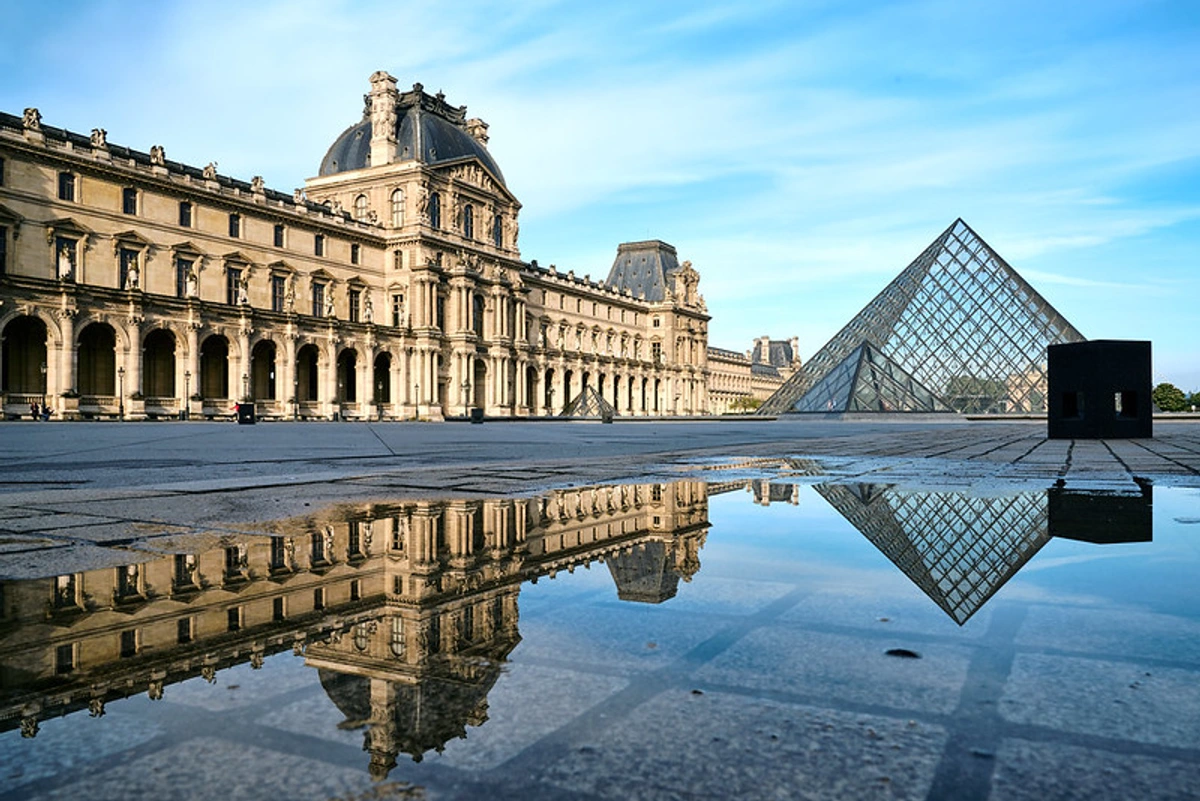
- The British Museum (London, England): Founded in 1753, the British Museum holds a collection of over eight million objects, making it the largest museum in the United Kingdom. While its holdings encompass a vast array of world cultures and historical artifacts (we'll touch on its historical significance more in that section, as that's arguably its primary renown), it also includes significant artistic treasures like prints, drawings, and cultural art that firmly place it among the world's renowned art institutions. Seeing the intricate details in ancient prints or the craftsmanship in historical artifacts here offers a different kind of artistic appreciation than viewing a painting. I remember standing before the Rosetta Stone, feeling the sheer weight of its historical importance, a tangible link to deciphering ancient worlds. The ongoing dialogues surrounding the provenance and ethical ownership of certain artifacts (like the Parthenon Marbles) also represent a significant, complex aspect of its historical and contemporary context, reminding us that collections have complicated histories.
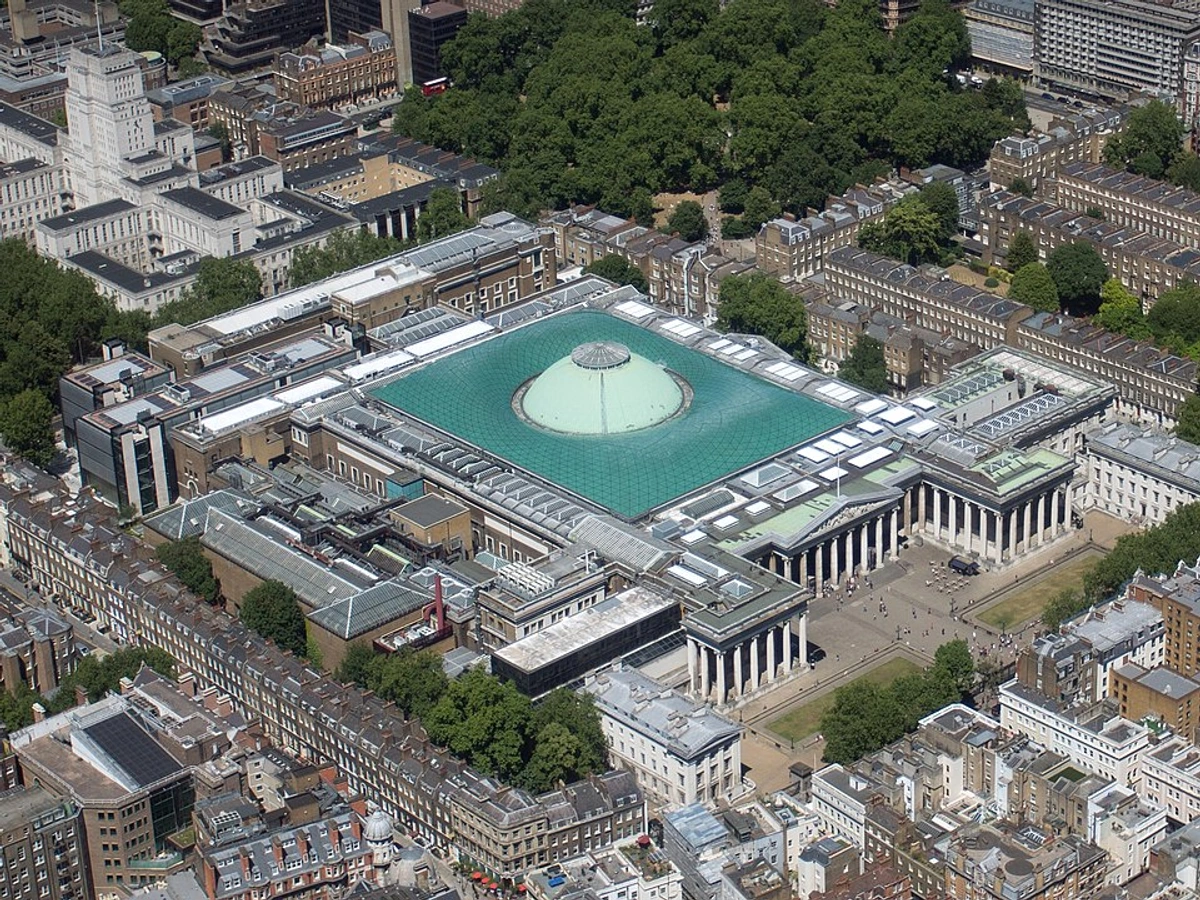
- The Metropolitan Museum of Art (New York, USA): Situated along Museum Mile in New York City, the Metropolitan Museum of Art, often referred to simply as "the Met," stands as one of the world's largest and most visited museums. Its collection of nearly 1.5 million works of art spans a vast spectrum of cultures and historical periods, making it a truly global art destination. From its breathtaking Egyptian Art wing (including the Temple of Dendur) to masterpieces of European painting (like Rembrandt's Aristotle with a Bust of Homer) and comprehensive collections of Asian, Islamic, and Modern art, the Met offers an encyclopedic journey. It consistently ranks among the top art museums globally, reflecting its exceptional holdings and its significance within a city renowned for its cultural offerings. Founded with the aim to educate the public on art, the Met continues to fulfill this mission through its extensive exhibitions and programs, including those at The Costume Institute, a globally recognized center for fashion history. Walking through the Met is like taking a whirlwind tour of human creativity across millennia – exhausting, but exhilarating. I recall the quiet grandeur of the European Paintings galleries, the light falling just so on a Rembrandt, a moment of pure visual peace amidst the bustle. And then there's the rooftop garden, offering stunning views of Central Park and the city skyline – a perfect place to process the visual feast you've just consumed.
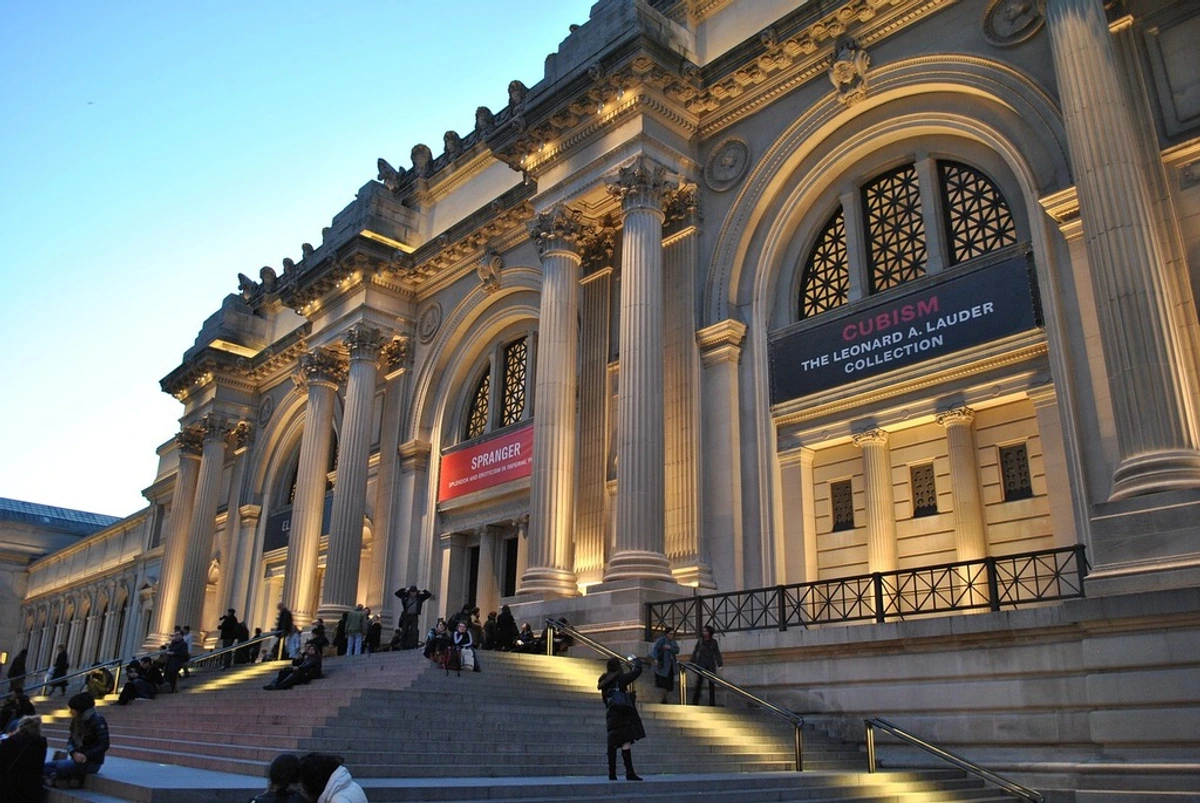
- The National Gallery (London, England): Located in central London, the National Gallery houses a collection of over 2,300 works, primarily paintings, making it a focused yet exceptional art institution. Its strength lies in its collection of European paintings from the 13th to the 19th centuries, offering a comprehensive overview of this pivotal period in art history. The gallery's consistent appearance in top rankings underscores the quality and significance of its holdings. Notably, admission to the National Gallery is free, enhancing its accessibility and solidifying its role as a vital cultural resource. The thoughtful organization of its collection by date and country, along with available audio guides and resources, contributes to a rewarding visitor experience. Standing before a Titian or a Van Eyck here feels incredibly intimate, despite the crowds. There's a particular quality of light in some of the rooms that makes the colors sing, like seeing Jan van Eyck's Arnolfini Portrait and being mesmerized by the detail and the mirror reflection. See also our guide to the best galleries in London.
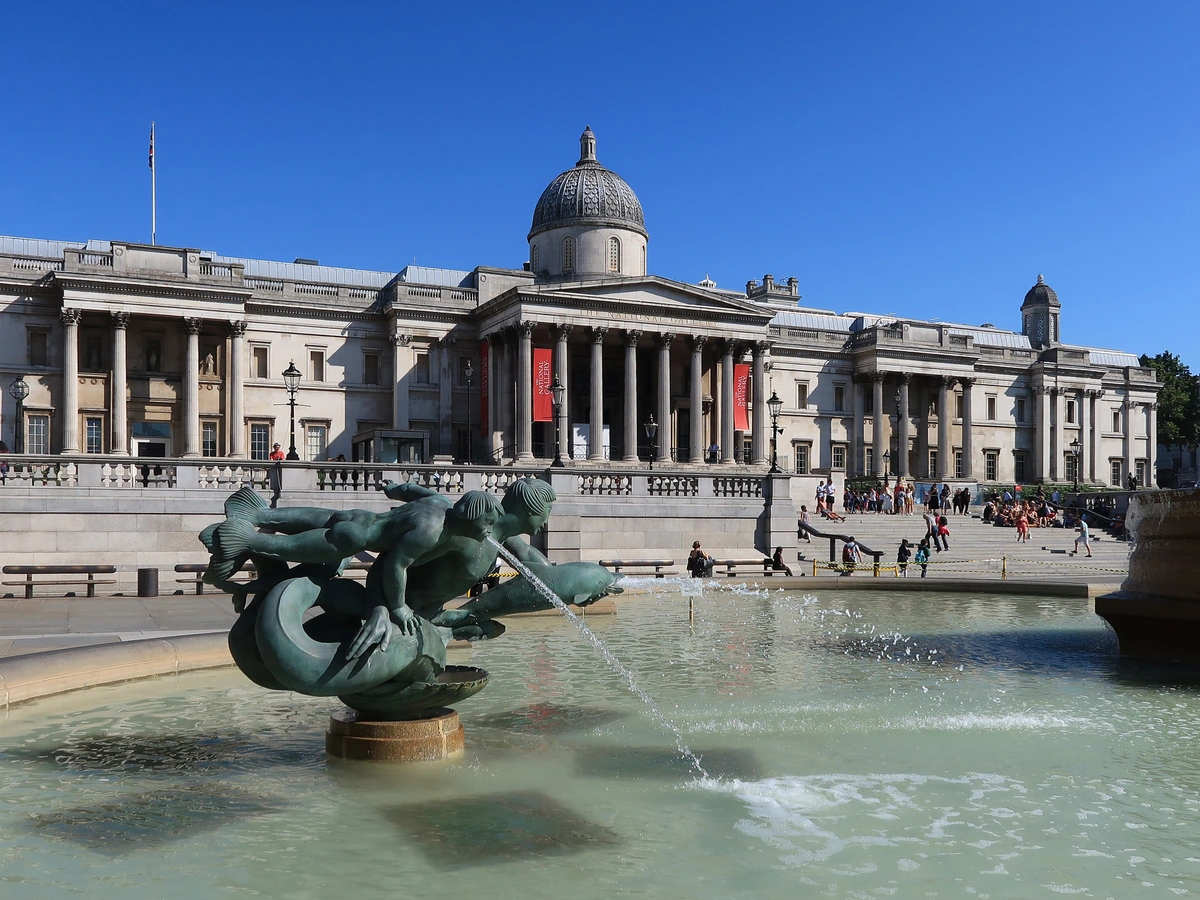
- The Museum of Modern Art (MoMA) (New York, USA): Situated in Midtown Manhattan, MoMA, the Museum of Modern Art, has played a foundational role in the history of modern and contemporary art. Its pioneering efforts in establishing modern art as a significant field of study and appreciation continue to exert a profound influence. MoMA also holds a renowned photography collection (we'll get to that!). The German artist Gerhard Richter even cited MoMA as his favorite museum in the world – high praise indeed! Its early Picasso retrospective further highlights its historical impact on shaping the understanding of modern art. For an artist, seeing how MoMA championed movements that were once radical is incredibly inspiring. See also our guide to the best museums for modern art. I remember the first time I saw Van Gogh's Starry Night here; it felt like the painting pulsed with energy, even surrounded by people. And then there's the unexpected delight of seeing something like Andy Warhol's Campbell's Soup Cans – so simple, yet so revolutionary in its context.
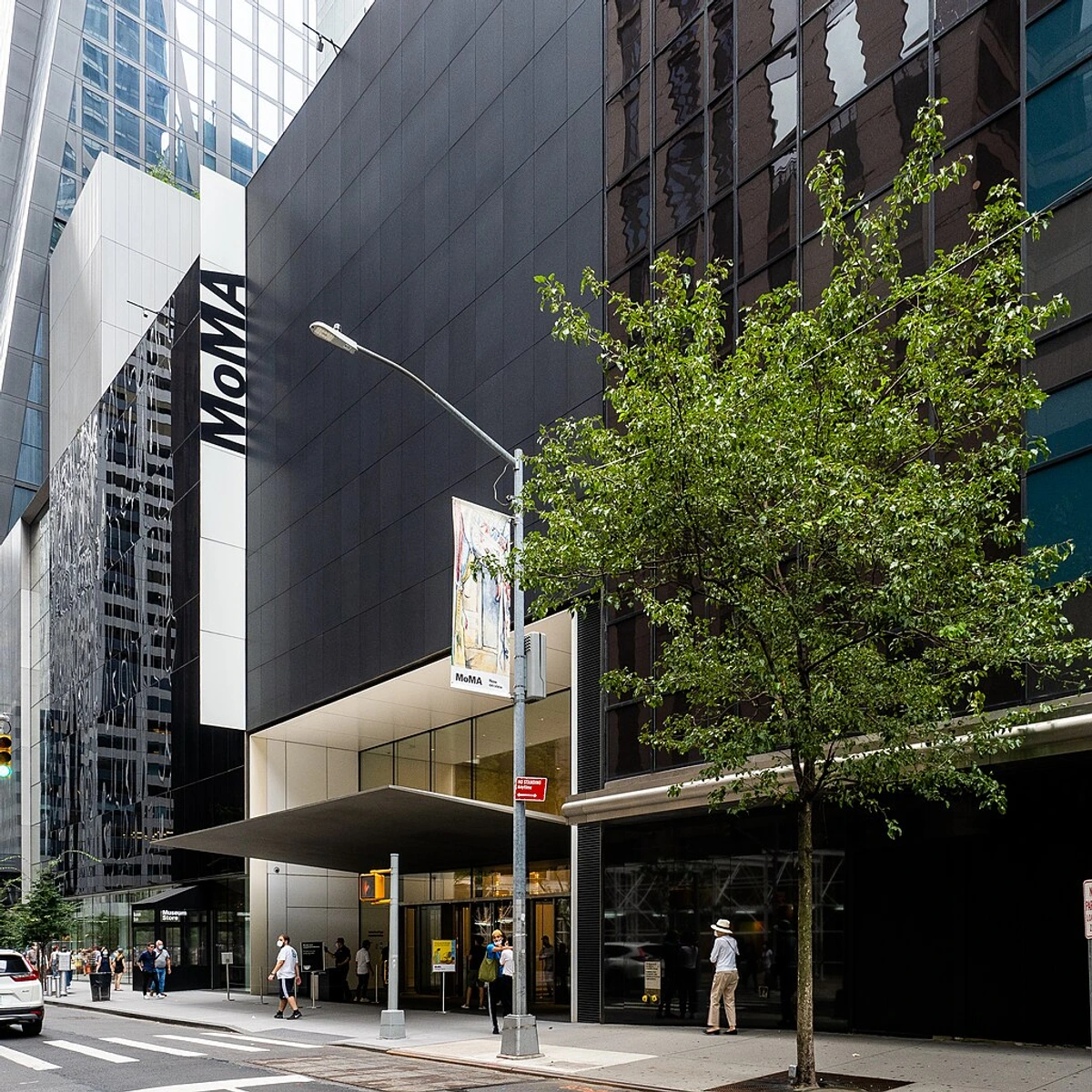
- Museo Nacional del Prado (Madrid, Spain): As Spain's principal national art museum, the Museo Nacional del Prado in Madrid houses one of the world's finest collections of European art, dating from the 12th century to the early 20th century. The museum is particularly celebrated for its extensive holdings of works by Spanish masters such as Goya, El Greco, and, most famously, Diego Velázquez, whose enigmatic masterpiece "Las Meninas" continues to fascinate viewers. Standing before "Las Meninas" is an experience in itself; you feel like you could step right into the painting, questioning perspective and reality alongside Velázquez himself. Its significance extends beyond Spanish art, encompassing a broad spectrum of European artistic traditions, including masterpieces by Bosch, Titian, and Rubens. The Prado's consistent recognition in global rankings underscores its importance in the international art world. The quiet reverence in the Velázquez rooms is palpable.
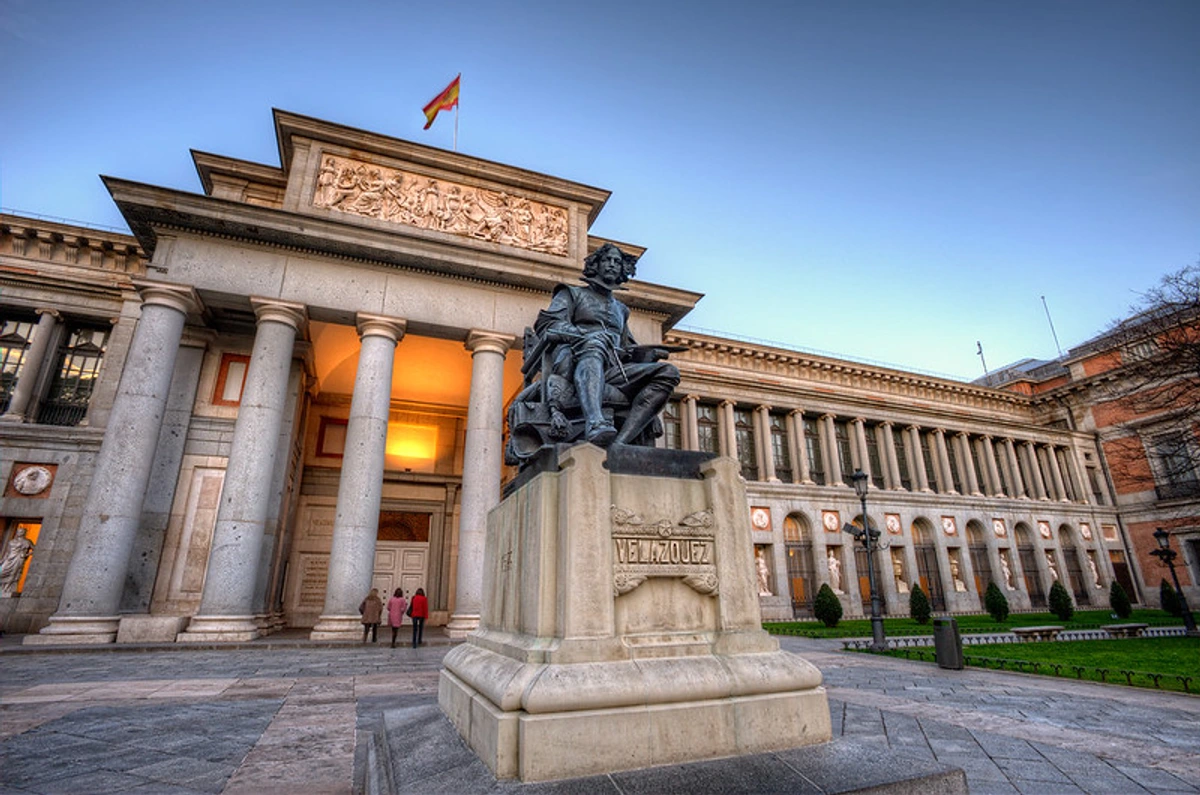
- Uffizi Gallery (Florence, Italy): Located in the heart of Florence, the Uffizi Gallery stands as one of the oldest museums in the world, its history dating back to 1581. This historic institution is renowned for its unparalleled collection of masterpieces from the Italian Renaissance, including iconic works by Leonardo da Vinci, Michelangelo, Raphael, and, perhaps most belovedly, Sandro Botticelli's luminous "Birth of Venus" and "Primavera". Situated in the city that gave birth to the Renaissance, the Uffizi offers an immersive experience into this transformative period in Western art history. The sheer brilliance of the artwork is so profound that some visitors have even reported experiencing "Stendhal syndrome," a testament to the gallery's overwhelming artistic power. It's a place where the history of art feels incredibly alive. See our specific Florence gallery guide for more. The light filtering through the windows onto Botticelli's masterpieces feels almost sacred, like they're still emerging from the sea foam.
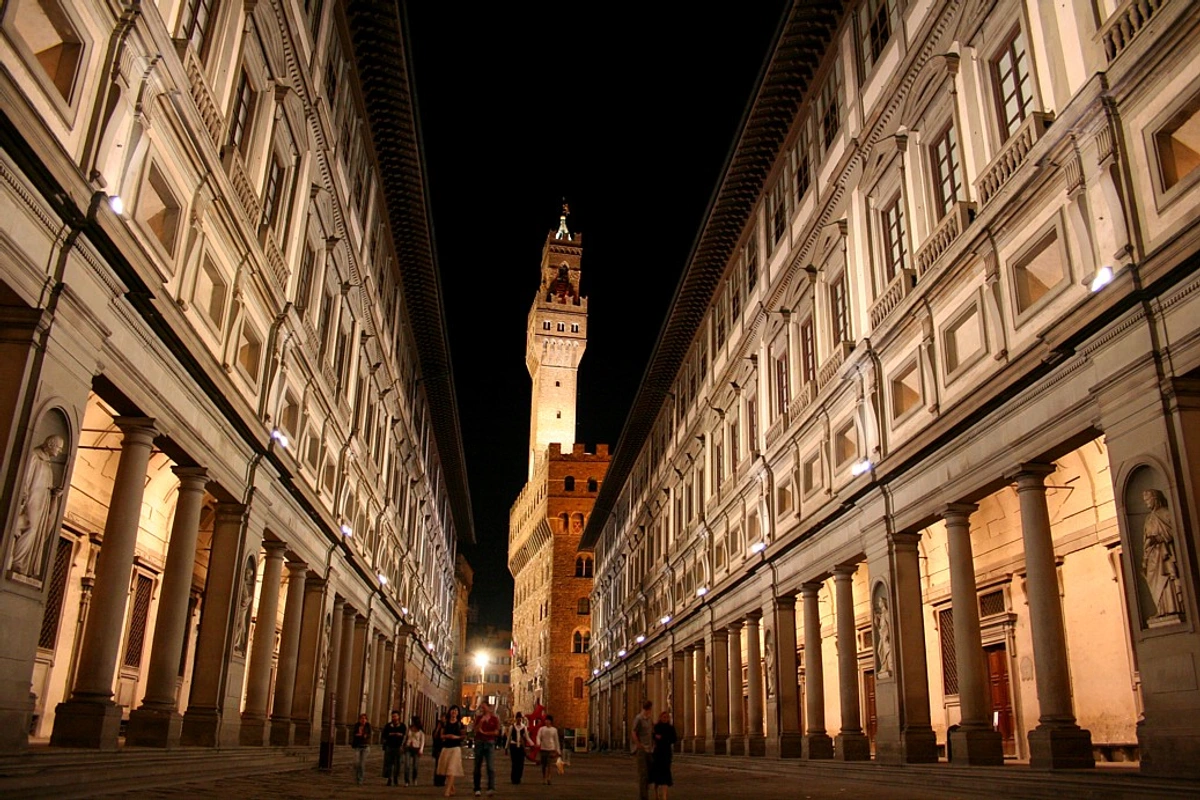
- Rijksmuseum (Amsterdam, Netherlands): As the most notable museum in the Netherlands, the Rijksmuseum in Amsterdam displays over 8,000 objects, offering a comprehensive look at Dutch art and history. The undisputed centerpiece of its collection is Rembrandt van Rijn's monumental masterpiece, "The Night Watch". However, the museum is also home to breathtaking works by other Dutch Golden Age masters, including several iconic paintings by Johannes Vermeer, such as "The Milkmaid". In fact, the museum's entire collection is thoughtfully organized around its iconic holdings, highlighting their central importance to Dutch art history. The Rijksmuseum provides a unique cultural perspective, focusing particularly on the artistic achievements of the Dutch Golden Age. A visit here offers a different, yet equally enriching, experience compared to visiting a contemporary artist's museum like our own in 's-Hertogenbosch. Seeing the texture and scale of "The Night Watch" in person is something photos can never replicate. The hushed awe in the hall where it hangs is a shared experience, a collective moment of reverence.
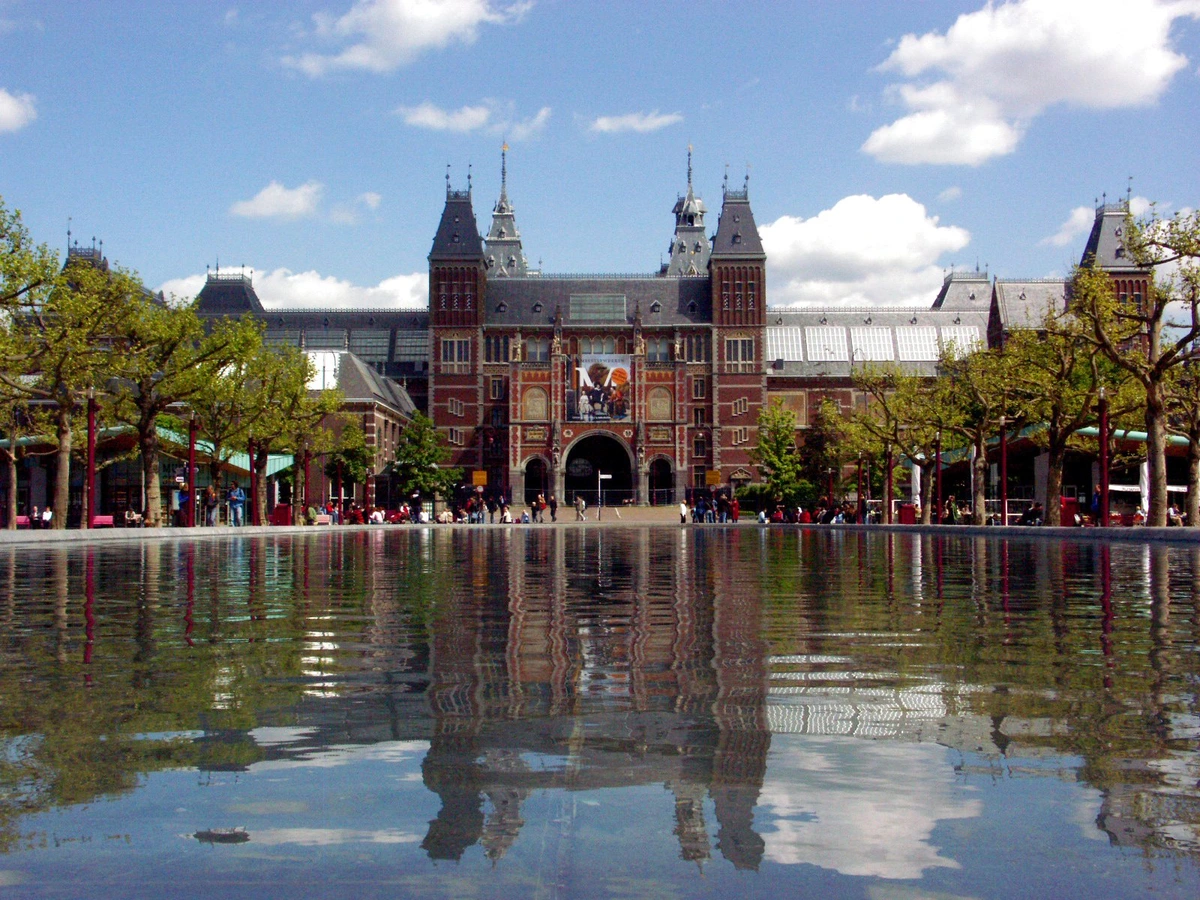
- State Hermitage Museum (Saint Petersburg, Russia): The State Hermitage Museum in Saint Petersburg ranks among the largest and oldest museums globally. Its holdings are incredibly vast, encompassing the largest collection of paintings in the world, alongside over three million artifacts that span from the Stone Age to the early 20th century. Housed within a magnificent former Winter Palace, the Hermitage offers an unparalleled immersive experience into both art and history. The sheer beauty of the museum's interior is often as captivating as the art it contains. It's a place where the opulence of the setting rivals the treasures it holds. Walking through the state rooms, you can almost hear the echoes of imperial history, a truly transportive experience.

- National Gallery of Art (Washington, D.C., USA): Located on the National Mall in Washington D.C. (see DC guide), the National Gallery of Art comprises two buildings (West Building for older art, East Building for modern/contemporary) and features a serene sculpture garden. The gallery boasts an extensive collection covering Western art history. As the national art museum of the United States, it plays a vital role in presenting both American and international art to a broad audience. Notably, admission is free – a wonderful gift to the public. Walking between the classical West Building and the modern East Building is an experience in itself, reflecting the breadth of the collection. The quiet contemplation offered by the sculpture garden is a perfect palate cleanser. I remember seeing the only Leonardo da Vinci painting in the Americas, the Ginevra de' Benci, here – small, but radiating an incredible presence.
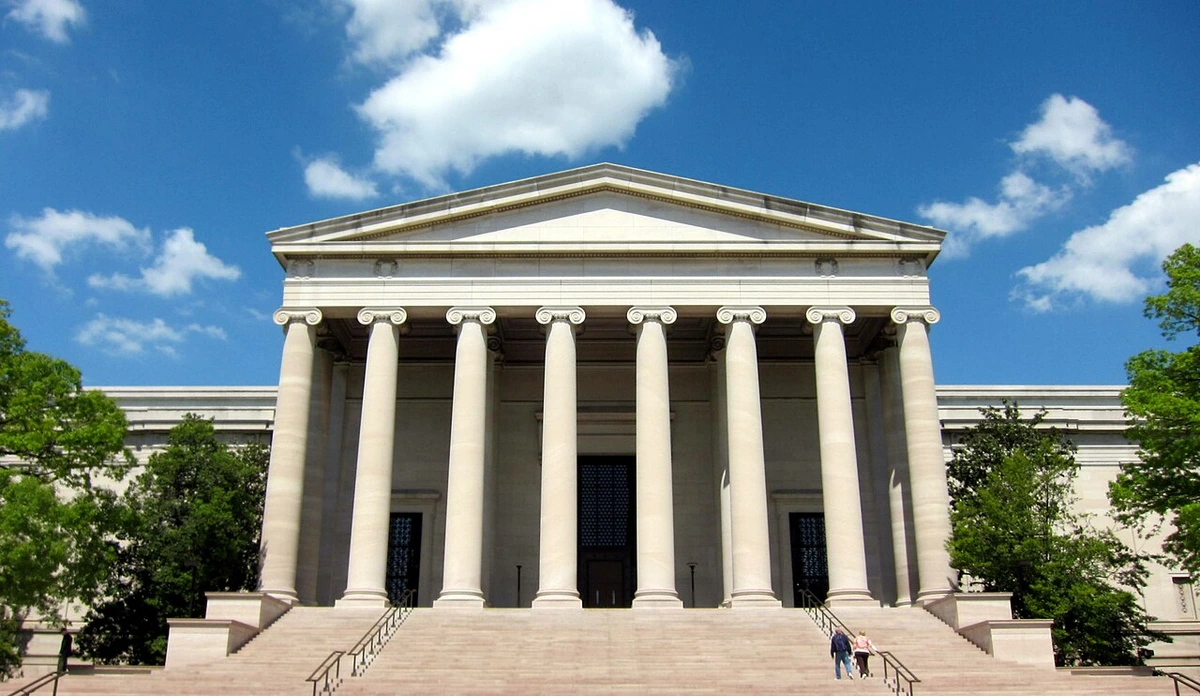
- Art Institute of Chicago (Chicago, USA): Another major American encyclopedic museum, renowned for its exceptional collection of Impressionist and Post-Impressionist art – including Georges Seurat's pointillist masterpiece "A Sunday on La Grande Jatte" – alongside significant holdings spanning global cultures and history. Its location in one of the best US art cities adds to its appeal. Seeing Seurat's masterpiece up close, the tiny dots resolving into a vibrant scene, is truly mesmerizing. It's a painting that rewards patience and close looking, making you think about color and perception in a whole new way. They also have iconic works like Grant Wood's American Gothic and Edward Hopper's Nighthawks.
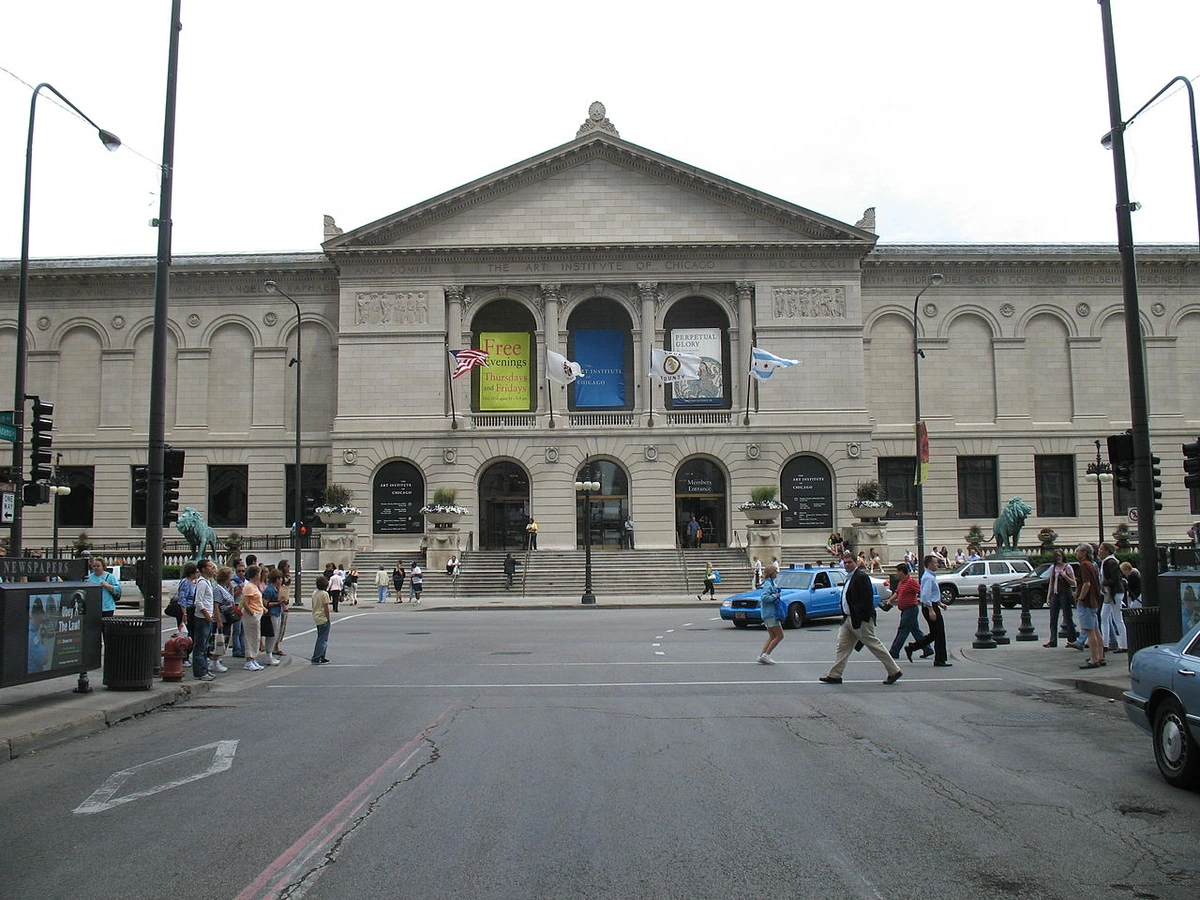
- Tokyo National Museum (Tokyo, Japan): The oldest and largest museum in Japan, focusing primarily on Japanese art and artifacts, but also featuring significant collections from other parts of Asia along the Silk Road. Offers a crucial perspective on non-Western artistic traditions, showcasing treasures like ancient samurai swords, intricate ceramics, and classical paintings. Exploring its halls is a deep dive into the rich visual history of Japan and its neighbors. The serene gardens surrounding the museum offer a peaceful contrast to the bustling city outside.
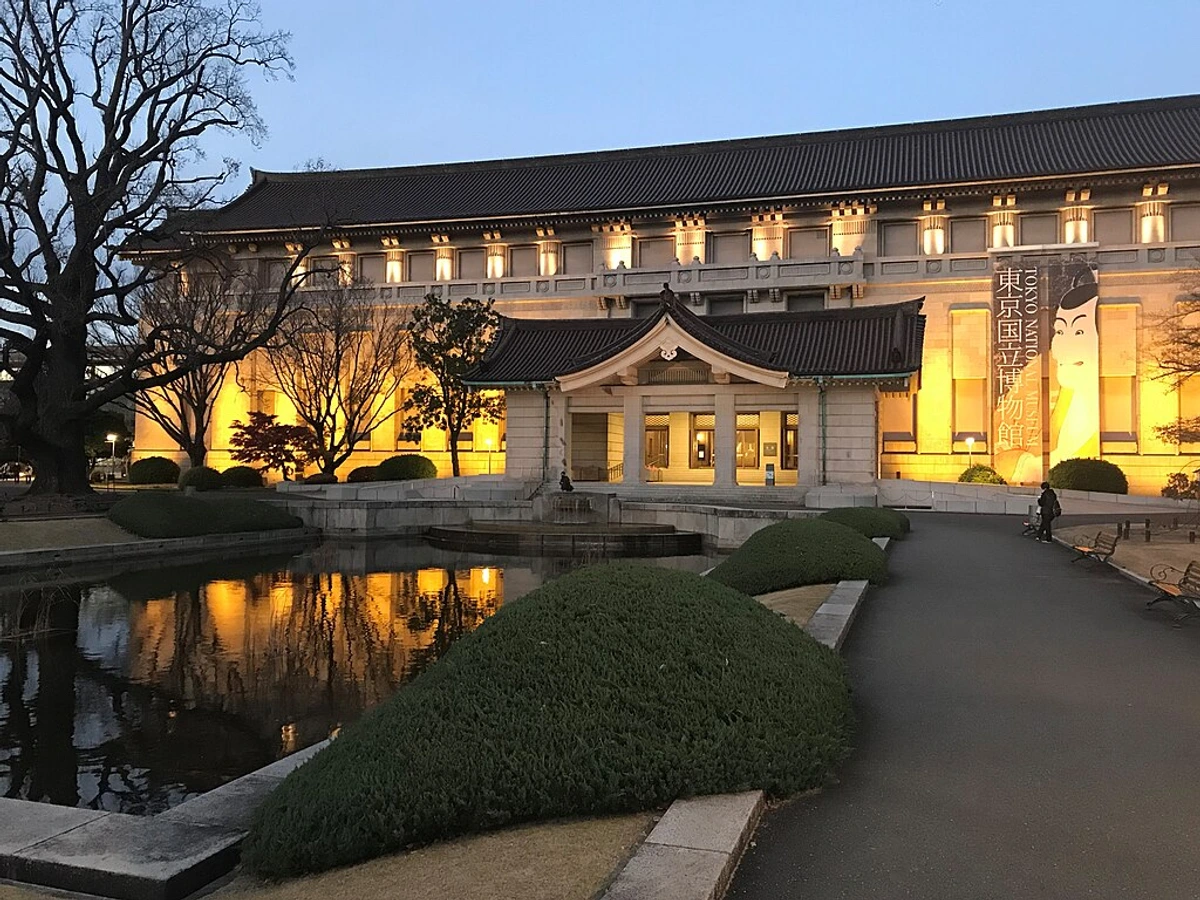
- Solomon R. Guggenheim Museum (New York, USA): An icon of modern architecture designed by Frank Lloyd Wright, its spiraling ramp gallery offers a unique way to experience exhibitions, primarily focused on Impressionist, Post-Impressionist, early Modern, and contemporary art. While perhaps smaller in collection size than the Met, its architectural significance and focused holdings make it a major destination on Museum Mile. The building itself is a work of art, and experiencing art while walking that gentle incline is unlike anything else. It's a space that constantly plays with your perception, making you see the art, and the building, in new ways. They hold significant works by artists like Kandinsky and Picasso.
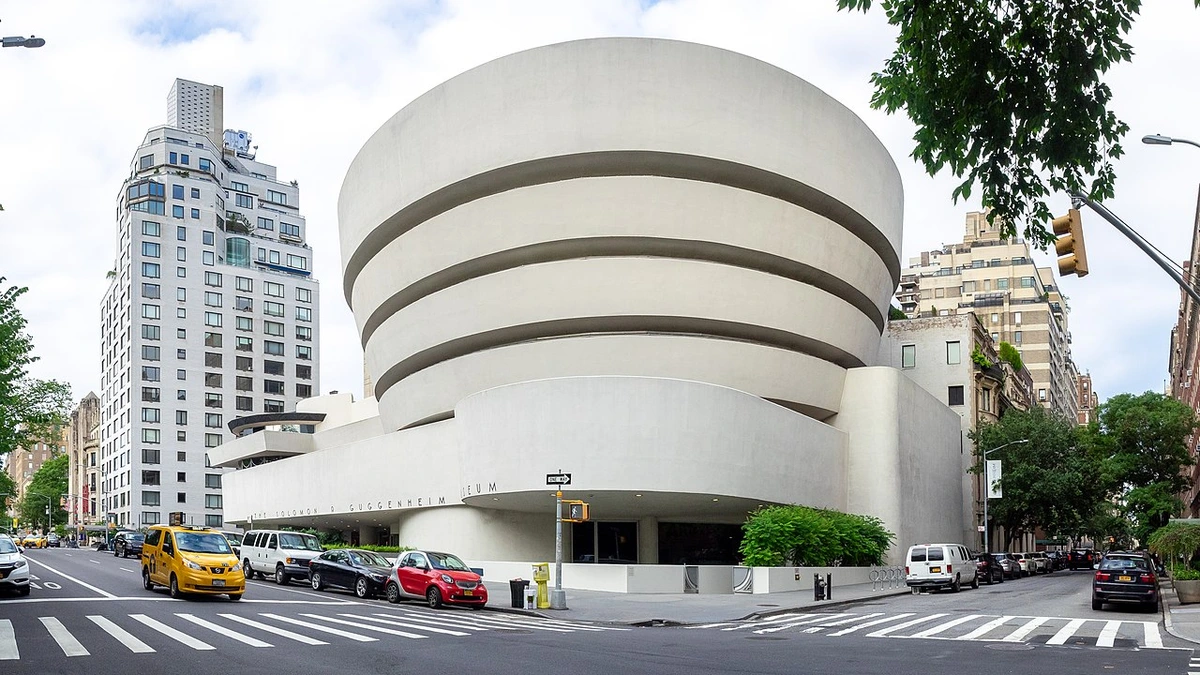
- São Paulo Museum of Art (MASP) (São Paulo, Brazil): Famous for its radical architecture (designed by Lina Bo Bardi) with the main gallery suspended beneath two massive beams, MASP houses the most significant collection of European art in the Southern Hemisphere, alongside extensive holdings of Brazilian, African, and Asian art. Its unique glass easel displays make viewing an unforgettable experience, allowing the art to float in space. The architecture alone is worth the visit, but the collection is a revelation, offering a global perspective from a different continent.
- National Gallery of Victoria (NGV) (Melbourne, Australia): Australia's oldest and most visited art museum, the NGV holds a diverse international collection alongside a comprehensive collection of Australian art, including significant Indigenous Australian works. Its two sites offer a broad perspective on global creativity, from ancient artifacts to contemporary installations. It's a vital place to understand the unique artistic voice of Australia and its place in the wider world.
- Museo Soumaya (Mexico City, Mexico): Instantly recognizable for its stunning, shimmering modern architecture designed by Fernando Romero, the Museo Soumaya houses a vast private collection spanning European Old Masters, Mexican art, and the world's largest collection of sculptures by Auguste Rodin outside of France. Admission is notably free – a wonderful gesture. The building is a sculpture in itself, a fitting home for Rodin's work, and the collection offers surprising breadth and depth.
- Museum of Islamic Art (MIA) (Doha, Qatar): Designed by I.M. Pei, this museum houses one of the world's most comprehensive collections of Islamic art spanning 1,400 years across three continents. The building is stunning, rising from the sea, and the collection offers deep insights into the artistic heritage of the Islamic world, from intricate calligraphy and ceramics to textiles and metalwork.
Table 1: Premier Art Museums (Broad Collections)
Museum Name | City | Country | Primary Focus | Key Architect (if applicable) | Highlights |
|---|---|---|---|---|---|
| The Louvre Museum | Paris | France | Encyclopedic (Antiquities to 19th C. Art) | I.M. Pei (Pyramid) | Mona Lisa, Venus de Milo, Winged Victory of Samothrace |
| The British Museum | London | England | Encyclopedic (World Cultures, History, Art) | Rosetta Stone, Egyptian Mummies, Parthenon Marbles | |
| The Metropolitan Museum of Art | New York | USA | Encyclopedic (Global Art & History) | Temple of Dendur, European Paintings, Costume Institute | |
| The National Gallery | London | England | European Paintings (13th-19th C.) | Van Eyck's Arnolfini Portrait, Titian, Rembrandt | |
| The Museum of Modern Art (MoMA) | New York | USA | Modern & Contemporary Art, Design, Film | Van Gogh's Starry Night, Picasso's Les Demoiselles d'Avignon, Warhol | |
| Museo Nacional del Prado | Madrid | Spain | European Art (esp. Spanish Masters) | Velázquez's Las Meninas, Goya, El Greco, Bosch | |
| Uffizi Gallery | Florence | Italy | Italian Renaissance Art | Botticelli's Birth of Venus & Primavera, Leonardo, Michelangelo, Raphael | |
| Rijksmuseum | Amsterdam | Netherlands | Dutch Art & History (esp. Golden Age) | Rembrandt's The Night Watch, Vermeer's The Milkmaid | |
| State Hermitage Museum | Saint Petersburg | Russia | Encyclopedic (esp. Western European Art) | Vast collection of European paintings, Imperial interiors | |
| National Gallery of Art | Washington, D.C. | USA | Western Art History | Leonardo's Ginevra de' Benci, Impressionist collection | |
| Art Institute of Chicago | Chicago | USA | Encyclopedic (esp. Impressionism) | Seurat's La Grande Jatte, American Gothic, Nighthawks | |
| Tokyo National Museum | Tokyo | Japan | Japanese & Asian Art | Japanese Imperial Art, Samurai artifacts, Asian antiquities | |
| Solomon R. Guggenheim Museum | New York | USA | Modern & Contemporary Art | Frank Lloyd Wright | Kandinsky, Picasso, unique architecture |
| São Paulo Museum of Art (MASP) | São Paulo | Brazil | European & Brazilian Art | Lina Bo Bardi | European masterpieces, Brazilian art, glass easels |
| National Gallery of Victoria | Melbourne | Australia | International & Australian Art | Indigenous Australian art, diverse international collection | |
| Museo Soumaya | Mexico City | Mexico | European Masters, Mexican Art, Rodin | Fernando Romero | Rodin sculptures, Mexican art, stunning architecture |
| Museum of Islamic Art | Doha | Qatar | Islamic Art (1,400 years) | I.M. Pei | Comprehensive Islamic art collection, iconic architecture |
Renowned History Museums: Portals to the Past
Moving from the broad strokes of art history to the intricate narratives of human civilization, history museums serve as vital portals to the past. They often focus on specific aspects of human history, such as the formation of national identities, pivotal historical periods, or the rich tapestry of diverse cultures. Through meticulously curated collections and thoughtfully designed exhibitions, these institutions aim to educate and provide essential context for understanding the forces that have shaped our world. History isn't just dates and names; it's the story of us, the messy, complicated, beautiful story of human experience, and these museums are where those stories are told, often through objects that have witnessed centuries. It's a different kind of connection than art, perhaps more about narrative and context.
- The British Museum (London, England): As mentioned in the art section, its encyclopedic collection, particularly strong in Egyptian, Assyrian, Greek, and Roman antiquities, is fundamental for understanding global history and shared heritage. Seeing the Rosetta Stone in person, for example, is a direct connection to a pivotal moment in deciphering ancient languages. The sheer scale of the Egyptian mummies collection is both fascinating and a little eerie. The ongoing dialogues surrounding the provenance and ethical ownership of certain artifacts (like the Parthenon Marbles) represent a significant aspect of its historical and contemporary context, reminding us that history is often contested and that the stories objects tell are not always simple.

- Smithsonian National Museum of American History (Washington D.C., USA): Dedicated to exploring the cultural, political, and social history of the United States, offering a comprehensive narrative of the nation's development. Part of the esteemed Smithsonian Institution, which comprises a vast network of museums. Its collection includes iconic artifacts such as the Star-Spangled Banner, Dorothy's ruby slippers from The Wizard of Oz, and Abraham Lincoln's top hat. It's a place to grapple with the complex, sometimes difficult, story of a nation, told through the objects its people used and cherished.

- National Museum of China (Beijing, China): Ranking among the most visited museums worldwide, this museum serves as a primary repository for the nation's rich history and artistic achievements, offering a journey through China's long and influential past, spanning over 5,000 years. Its vast collection includes priceless artifacts like ancient bronzes, ceramics, and jade carvings. It's a monumental institution reflecting a monumental history, a place to understand the deep roots of Chinese civilization.
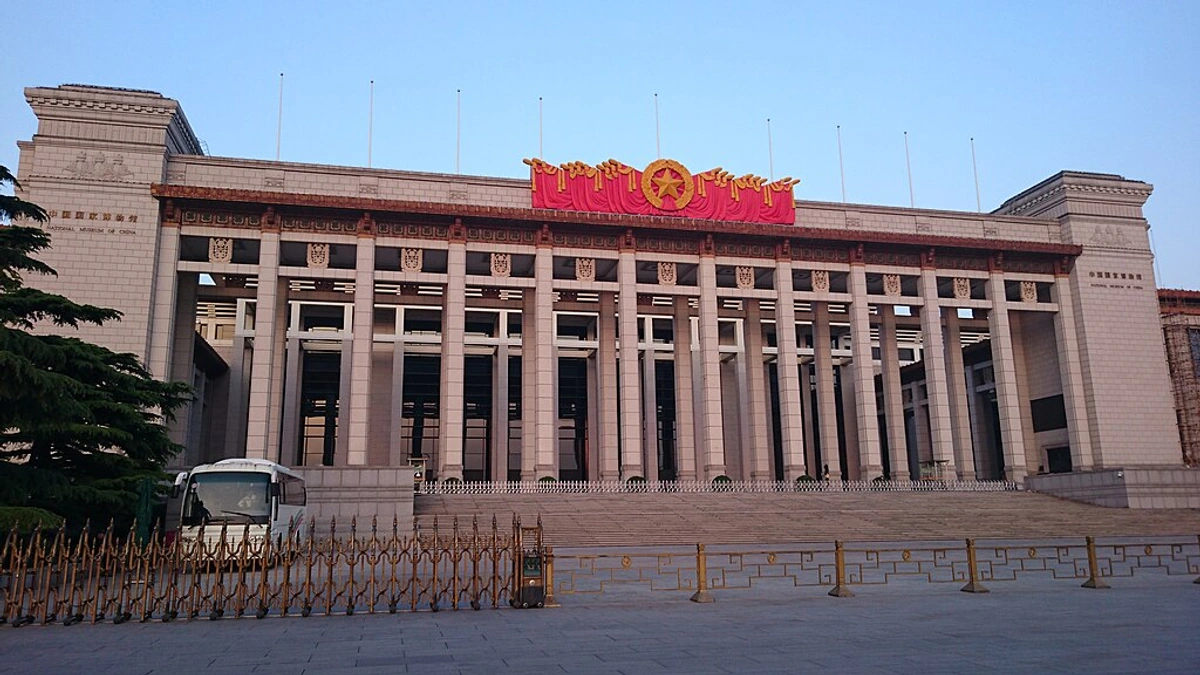
- Acropolis Museum (Athens, Greece): Situated at the base of the Acropolis hill, specifically dedicated to the preservation and exhibition of the archaeological treasures unearthed from the Acropolis itself, providing essential context for understanding ancient Greek civilization. Its modern architecture contrasts strikingly with the ancient artifacts, creating a dialogue between past and present. Standing here, you feel the weight of history all around you, seeing the Caryatids up close or the Parthenon frieze fragments, imagining the vibrant life of ancient Athens.
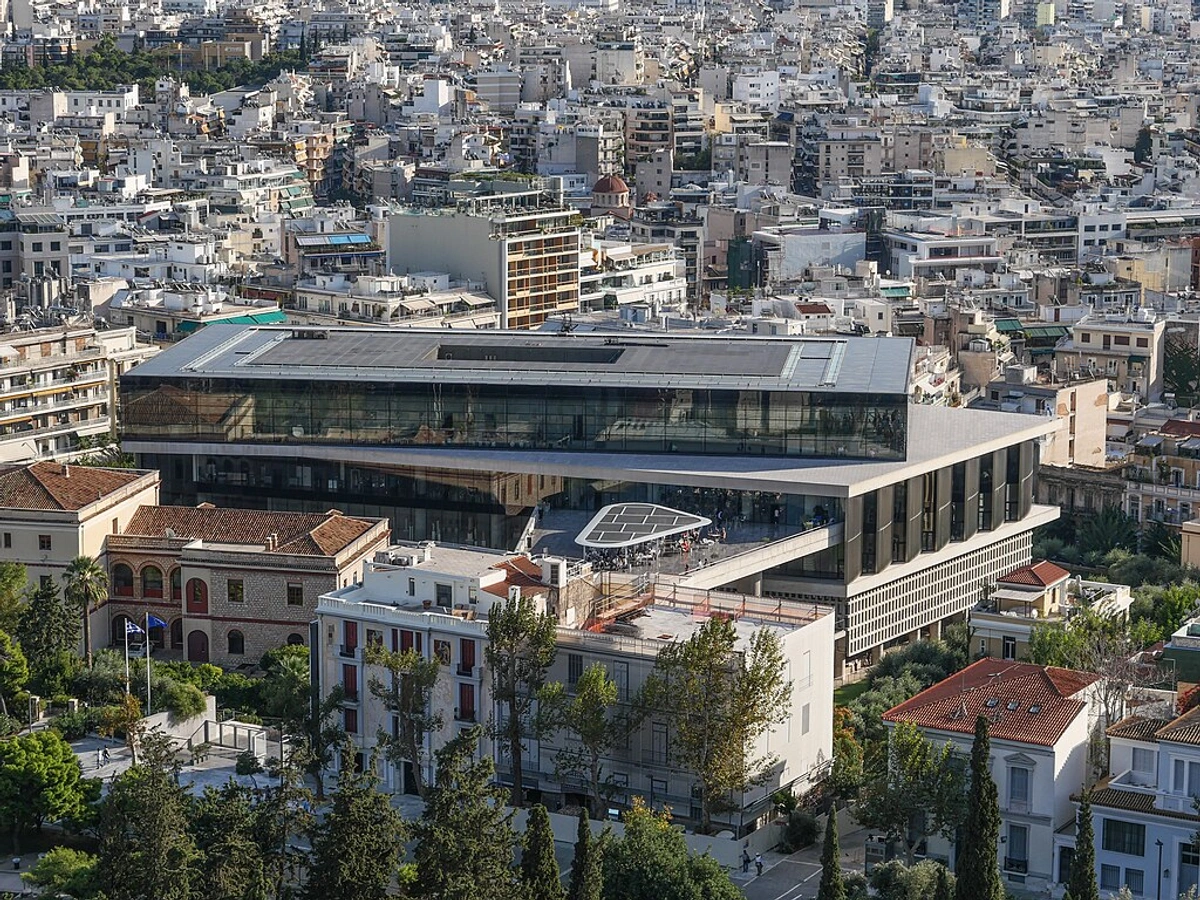
- Vatican Museums (Vatican City, Rome): House the extensive collections amassed by the Roman Catholic Church throughout centuries, reflecting the intersection of religious faith, artistic patronage, and historical development. Includes the Sistine Chapel with Michelangelo's frescoes, the Raphael Rooms, and vast collections of classical sculpture and Egyptian artifacts. It's a place where faith, power, and art are inextricably linked, a journey through centuries of papal collecting. The sheer scale and detail of the Sistine Chapel ceiling are truly overwhelming, a testament to human devotion and artistic genius.
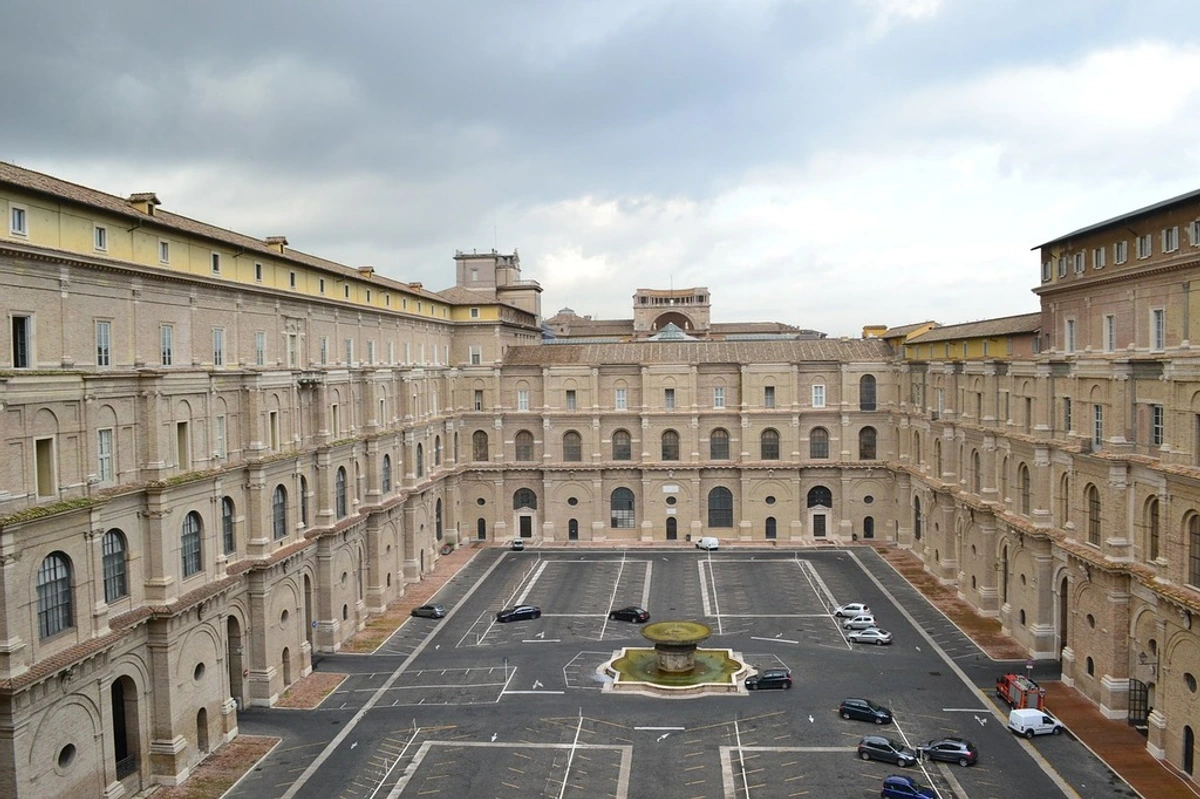
- Egyptian Museum (Cairo, Egypt): Holds the world's most extensive collection of ancient Egyptian antiquities, including the treasures of Tutankhamun. Essential for understanding one of the world's oldest and most influential civilizations. (Note: Many key artifacts are moving to the new Grand Egyptian Museum - GEM). Seeing the artifacts from Tutankhamun's tomb is a direct link to a pharaoh from thousands of years ago – truly awe-inspiring. The intricate craftsmanship on everyday objects from so long ago is mind-boggling, making you wonder about the lives of the people who made and used them.
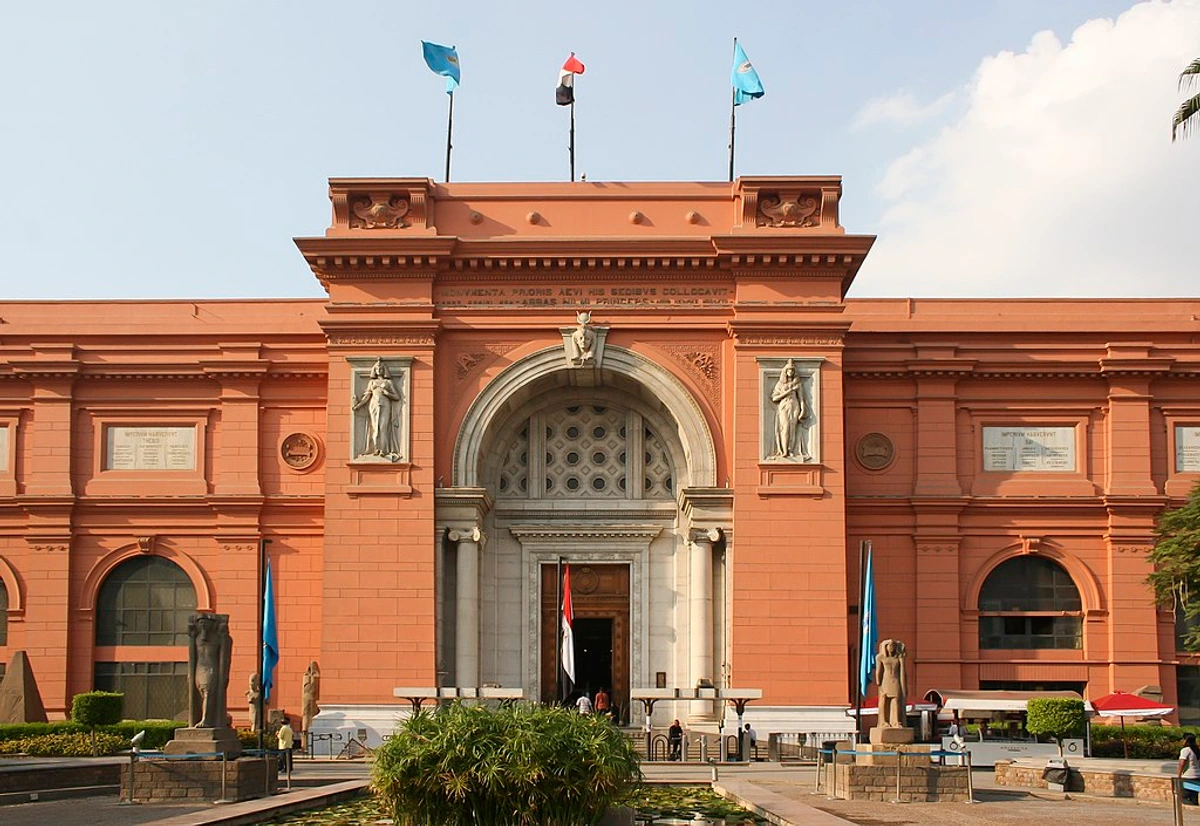
- Museo Nacional de Antropología (Mexico City, Mexico): Dedicated to the archaeology and history of Mexico's pre-Hispanic civilizations and contemporary ethnography. Offers profound insights into Mesoamerican cultures like the Maya and Aztec, showcasing monumental sculptures like the Aztec Sun Stone and intricate artifacts. It's a crucial place to understand the deep roots of Mexican identity and the richness of indigenous cultures. The scale of some of the stone carvings is breathtaking, speaking of powerful ancient civilizations.
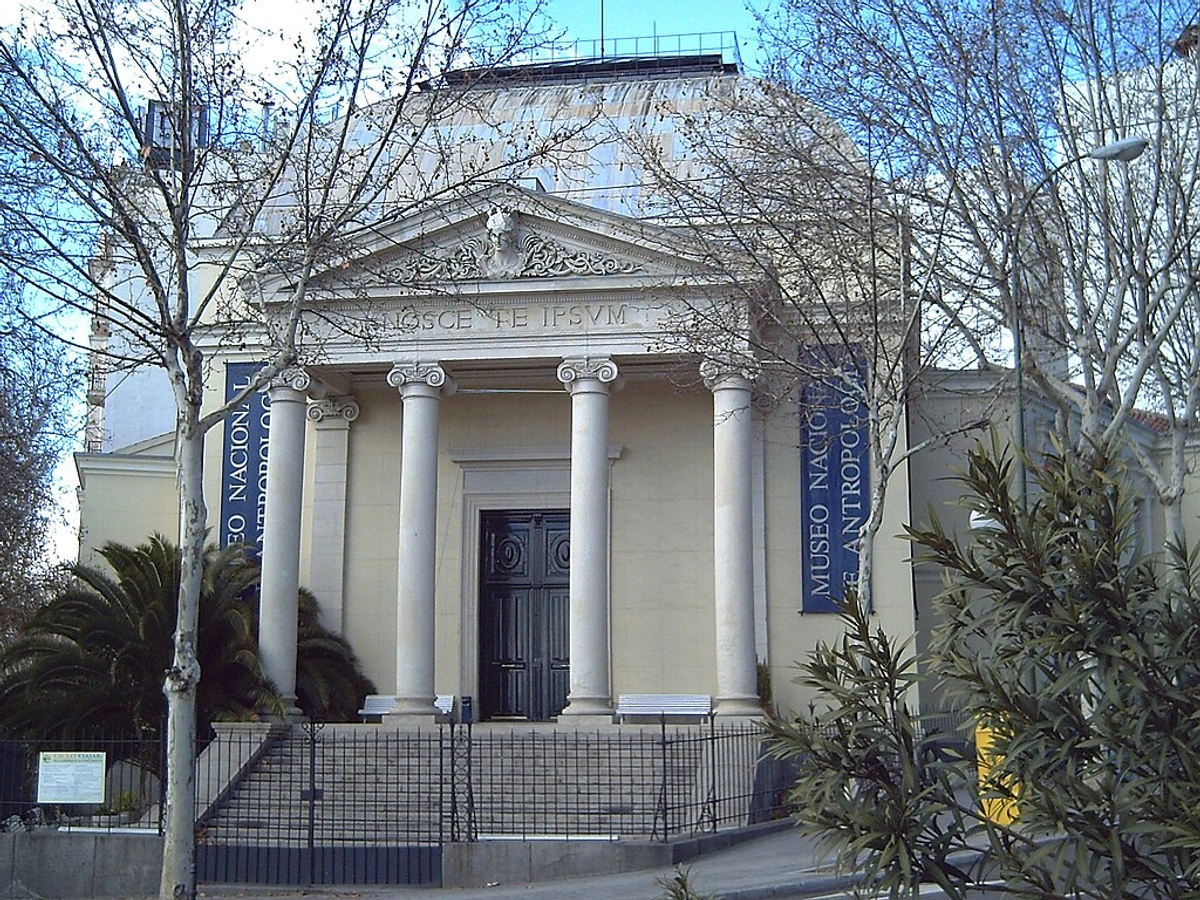
- Musée du Quai Branly - Jacques Chirac (Paris, France): While often categorized separately, institutions like this one, focusing on indigenous art and cultures of Africa, Asia, Oceania, and the Americas, provide critical historical perspectives distinct from traditional art or history museums. They tell the stories and showcase the creativity of peoples often marginalized in Western historical narratives, reminding us that history encompasses far more than just political events or European timelines. The architecture itself, with its living wall, feels like a statement about connecting with the natural world and diverse cultures, a space designed to challenge traditional museum hierarchies.
- The Palace Museum (Forbidden City, Beijing, China): Housed within the magnificent former imperial palace, this museum holds an unparalleled collection of Chinese imperial art, ceramics, paintings, calligraphy, jades, and historical artifacts spanning millennia. It offers an immersive journey into China's rich imperial history and artistic traditions, allowing you to walk through the very halls where emperors once lived. (The National Palace Museum in Taipei also holds a vast collection of Chinese imperial artifacts, moved from the mainland). Walking through the Forbidden City and seeing these treasures feels like stepping back in time, a truly unique historical experience.
Table 2: Renowned History Museums
Museum Name | City | Country | Primary Focus | Highlights |
|---|---|---|---|---|
| The British Museum | London | England | World Cultures, History, Antiquities | Rosetta Stone, Egyptian Mummies, Parthenon Marbles |
| Smithsonian National Museum of American History | Washington, D.C. | USA | American History (Cultural, Social, Pol.) | Star-Spangled Banner, Dorothy's Ruby Slippers, Lincoln's Hat |
| National Museum of China | Beijing | China | Chinese History & Art | Ancient bronzes, ceramics, imperial artifacts |
| Acropolis Museum | Athens | Greece | Ancient Greek History (Acropolis) | Caryatids, Parthenon frieze fragments |
| Vatican Museums | Vatican City, Rome | Vatican City | Art & History of the Catholic Church | Sistine Chapel, Raphael Rooms, classical sculpture |
| Egyptian Museum | Cairo | Egypt | Ancient Egyptian Antiquities | Treasures of Tutankhamun, extensive Egyptian collection |
| Museo Nacional de Antropología | Mexico City | Mexico | Pre-Hispanic Mexican Cultures | Aztec Sun Stone, Mesoamerican artifacts |
| Musée du Quai Branly - Jacques Chirac | Paris | France | Indigenous Art & Cultures (Global) | Diverse collections from Africa, Asia, Oceania, Americas |
| The Palace Museum | Beijing | China | Chinese Imperial Art & History | Chinese imperial art, ceramics, historical artifacts |
Leading Photography Galleries and Museums: Framing the World
Photography, as both a powerful art form and an invaluable historical document, has garnered increasing recognition. Dedicated galleries and significant collections within larger museums showcase its evolution, artistic visions, and historical narratives. It's fascinating to see how this relatively young medium has evolved, from early daguerreotypes to digital installations, capturing moments and shaping perspectives along the way. For an artist, seeing how photographers compose a shot, use light, or tell a story through a single image can be incredibly insightful, offering a different lens on visual communication.
- The Photographers' Gallery (London, UK): Situated in the heart of London, it's the largest public gallery in the city dedicated solely to photography, showing contemporary work, historical archives, emerging and established artists. Considers itself a home to an international community of photographers. It's a dynamic space that truly celebrates the medium, often hosting talks and events that delve into the stories behind the images.
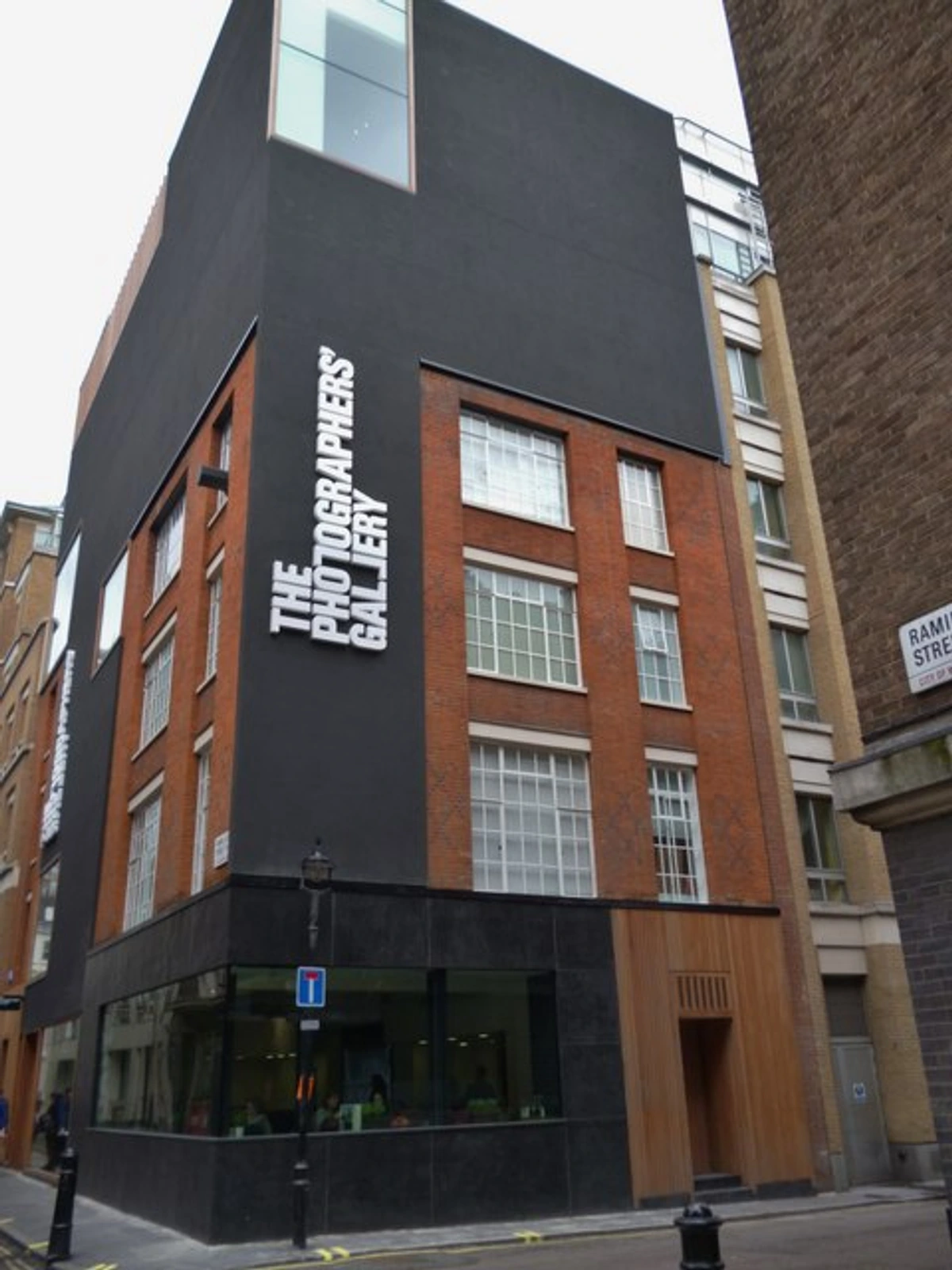
- International Center of Photography (ICP) (New York, USA): A leading institution focused on photography and visual culture, with a strong emphasis on social and political photography and extensive educational programs. Founded by Cornell Capa, brother of Robert Capa, ICP reminds us of photography's power to document and provoke change, showcasing how images can be powerful tools for activism and storytelling.
- Museum of Modern Art (MoMA) (New York, USA): As previously noted, MoMA has a pioneering and extensive photography collection. Its dedicated Department of Photography (est. 1940) has been instrumental in legitimizing photography as a fine art form. Seeing iconic photographic works here, alongside paintings and sculptures, underscores its artistic significance and its place within the broader history of modern art.
- Foam (Fotografiemuseum Amsterdam, Netherlands): An internationally renowned museum in Amsterdam dedicated to all genres of photography, known for showcasing emerging talent alongside established names through dynamic exhibitions. Foam is always pushing boundaries and showing what's next in photography, from documentary to fashion to experimental work. See also our guide to contemporary art in Holland.
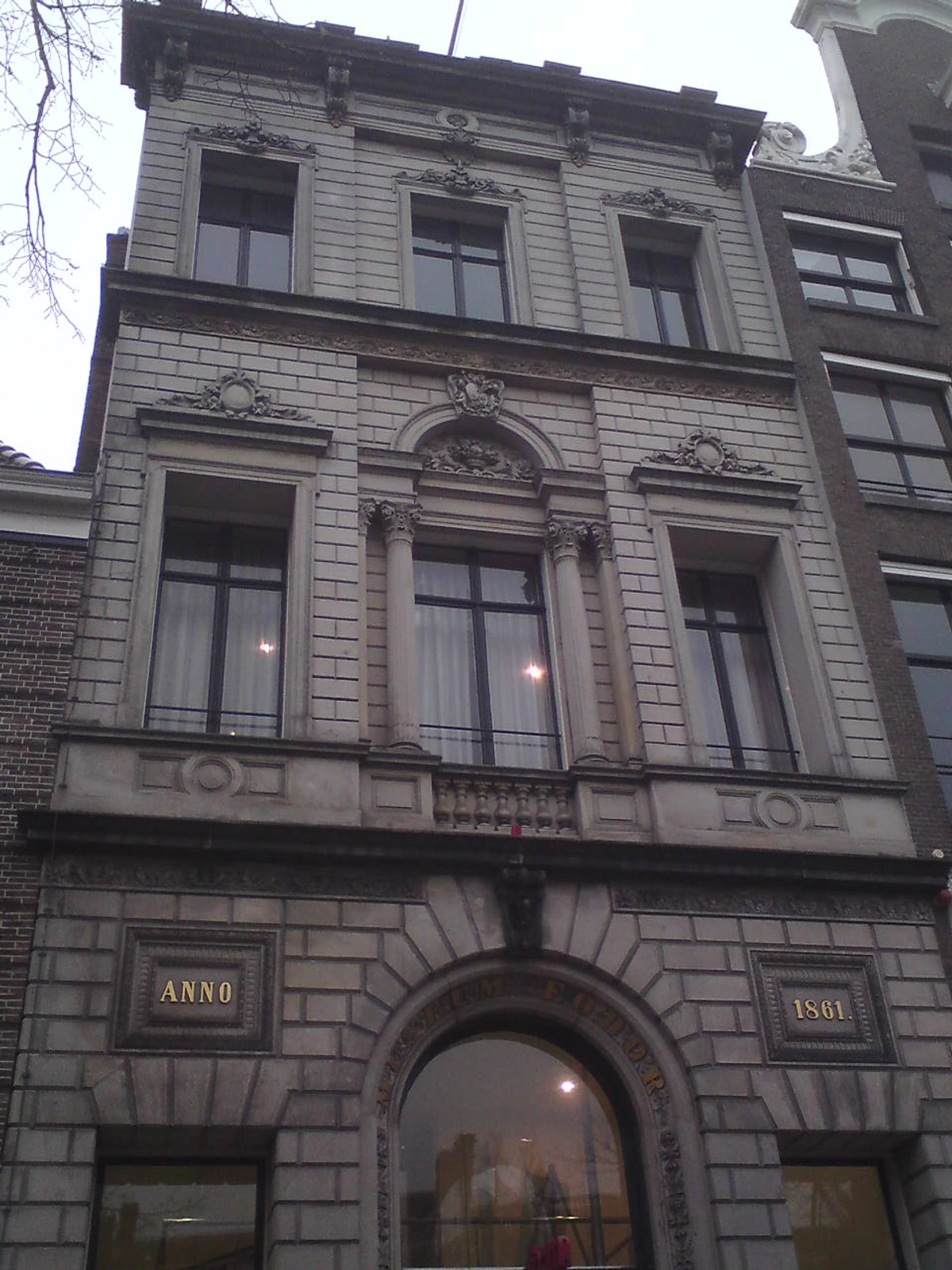
- Victoria and Albert Museum (V&A) (London, England): While a museum of art and design, the V&A houses the UK's National Collection of the Art of Photography, featuring over 800,000 photographs spanning the entire history of the medium. Its dedicated Photography Centre offers impressive displays, allowing you to trace the evolution of photographic technology and artistic approaches from its invention to the present day. It's incredible to see the breadth of photographic history housed within this vast institution.
- European House of Photography (Maison Européenne de la Photographie - MEP) (Paris, France): Located in the historic Marais district, MEP is a major center for contemporary photography, hosting numerous exhibitions throughout the year and housing an extensive library and collection. It's a key venue for seeing what's happening in the world of photography right now, often featuring challenging and thought-provoking work.
[credit](https://commons.wikimedia.org/wiki/File:Maison_ Europ%C3%A9enne_de_la_Photographie_%28Paris%29,_fa%C3%A7ade_2.JPG), licence
Table 3: Leading Photography Galleries and Museums
Venue Name | City | Country | Key Feature | Highlights |
|---|---|---|---|---|
| The Photographers' Gallery | London | UK | Largest public photo gallery in London | Contemporary and historical photography, international community focus |
| International Center of Photography | New York | USA | Focus on social/political photo, education | Documentary photography, educational programs |
| Museum of Modern Art (MoMA) | New York | USA | Influential, comprehensive collection | Pioneering collection, legitimizing photography as fine art |
| Foam Fotografiemuseum Amsterdam | Amsterdam | Netherlands | Dynamic exhibitions, all genres | Showcasing emerging talent, diverse photographic styles |
| Victoria and Albert Museum (V&A) | London | England | UK's National Collection of Photography Art | Extensive historical collection, Photography Centre |
| European House of Photography (MEP) | Paris | France | Major center for contemporary photography | Contemporary exhibitions, library and collection |
Major Contemporary Art Museums & Galleries: The Cutting Edge
These institutions focus specifically on art from the mid-20th century to the present day, often showcasing living artists and exploring current trends and ideas. They are often the places pushing boundaries, sometimes challenging us with Installation Art (large-scale, site-specific works), immersive Video Art (using moving images), or cutting-edge Digital Art (created using digital technology). Contemporary art can sometimes feel baffling, like the artist is speaking a language you don't quite understand, but these spaces are where artists are grappling with the world right now, reflecting our anxieties, hopes, and evolving understanding of what is art. For an artist, seeing the work being made today is both inspiring and, let's be honest, sometimes a little intimidating! It makes you think about your own place in the ongoing conversation.
- Tate Modern (London, England): Housed in a former power station dramatically reimagined by architects Herzog & de Meuron, Tate Modern is one of the world's most visited contemporary art museums, known for its dramatic Turbine Hall installations and thematic displays of international modern and contemporary art. Offers stunning city views. The Turbine Hall always feels like a space for grand gestures and bold ideas. I remember the sheer scale of Olafur Eliasson's The Weather Project filling the space – it was less an artwork, more an environment, making you feel tiny and connected to everyone else experiencing it. Their collection includes major works by artists like Picasso, Rothko, and Bourgeois.
- Centre Pompidou (Paris, France): Famous for its radical "inside-out" architecture designed by Renzo Piano and Richard Rogers, the Pompidou houses France's Musée National d'Art Moderne, a leading collection of 20th and 21st-century art, alongside a vast public library and music research center. The building itself is a statement, and the art inside continues that conversation. It's a building that refuses to be ignored, much like some of the art it houses. Their collection is particularly strong in Fauvism, Cubism, and Surrealism, with works by Matisse, Picasso, and Dalí, as well as significant contemporary holdings. See also our guide to contemporary art in Paris.
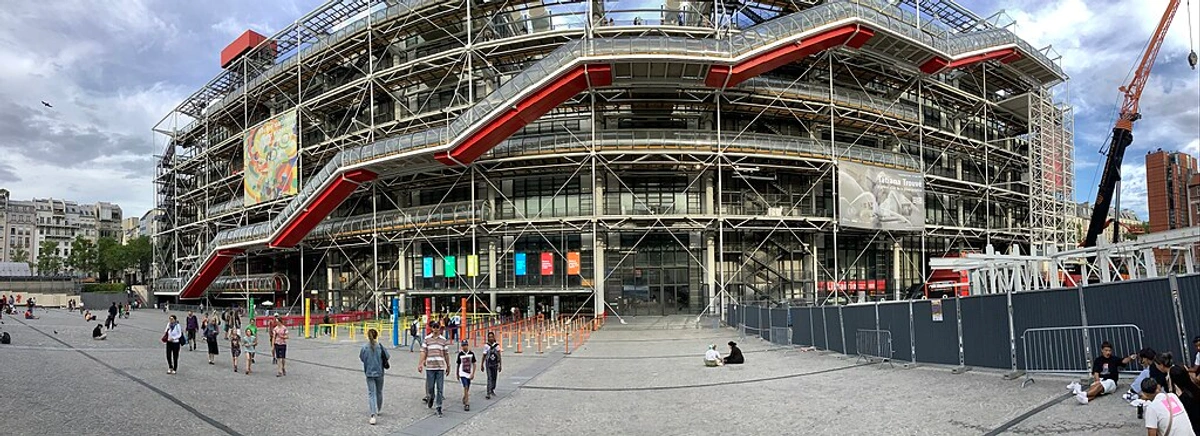
- Guggenheim Museum Bilbao (Bilbao, Spain): An architectural masterpiece by Frank Gehry, clad in shimmering titanium, the Guggenheim Bilbao revitalized the city and became a global icon. Its collection focuses on international contemporary art, often featuring large-scale, site-specific installations that complement the building's dramatic spaces. The building is so spectacular, it almost overshadows the art – a fascinating tension. Walking around the exterior, seeing the light play on the titanium scales, is an experience in itself. Key works include large sculptures by Richard Serra and installations by Jenny Holzer.
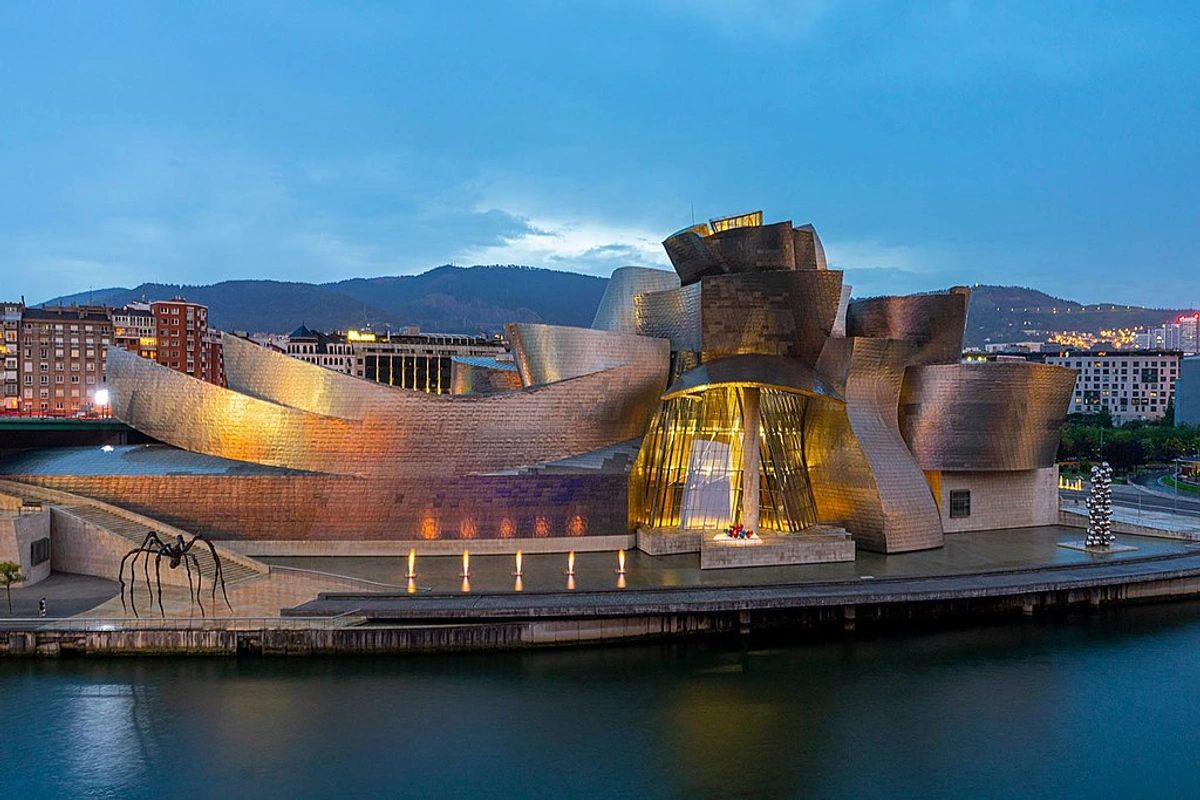
- Museo Reina Sofía (Madrid, Spain): Spain's national museum of 20th-century art, famously home to Picasso's masterpiece "Guernica." Focuses on Spanish and international modern and contemporary art, with significant collections of Picasso, Dalí, and Miró. Standing before "Guernica" is a powerful, somber experience that stays with you. The sheer scale and emotional weight of that painting are immense, a stark reminder of art's power to bear witness to history.
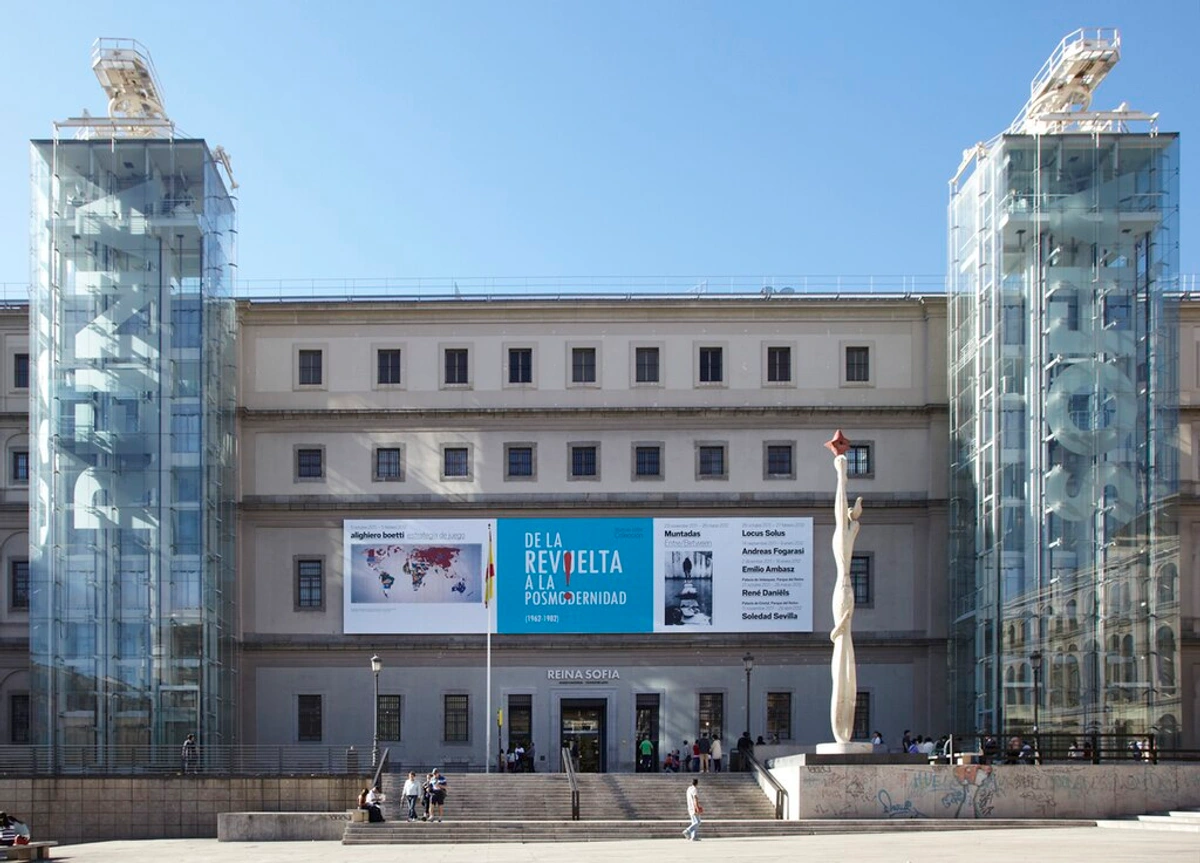
- M+ (Hong Kong): A relatively new and architecturally significant museum (also by Herzog & de Meuron) focusing on 20th and 21st-century visual culture (art, design, architecture, moving image) from Hong Kong, mainland China, Asia, and beyond. M+ is a vital space for understanding the vibrant contemporary scene in Asia, offering a unique perspective on global contemporary art from a non-Western hub. See also our guide to contemporary art in China.
- Zeitz Museum of Contemporary Art Africa (MOCAA) (Cape Town, South Africa): Located in a spectacularly repurposed grain silo complex at the V&A Waterfront, Zeitz MOCAA is the largest museum in the world dedicated to contemporary art from Africa and its diaspora. Its architecture and collection make it a vital hub for understanding the continent's vibrant contemporary art scene and the diverse voices within the African diaspora. This museum is a powerful statement about the global importance of African contemporary voices. See also our spotlight on contemporary African diaspora artists.
- National Museum of Modern and Contemporary Art (MMCA) (Seoul, South Korea): With multiple branches, MMCA is the leading institution for modern and contemporary art in Korea, showcasing Korean and international artists. It's a key player in the dynamic Asian art scene, reflecting South Korea's significant contribution to global contemporary art. See also our guide to contemporary art in Japan and contemporary art in Tokyo.
- Hamburger Bahnhof – Museum für Gegenwart (Berlin, Germany): Housed in a former railway station, this museum is Berlin's primary venue for contemporary art, featuring significant collections of artists like Joseph Beuys, Anselm Kiefer, and Andy Warhol. Its industrial architecture provides a striking backdrop for large-scale installations and diverse contemporary practices. It feels like a space that embraces the raw energy of contemporary creation. See also our guide to the best galleries in Berlin.
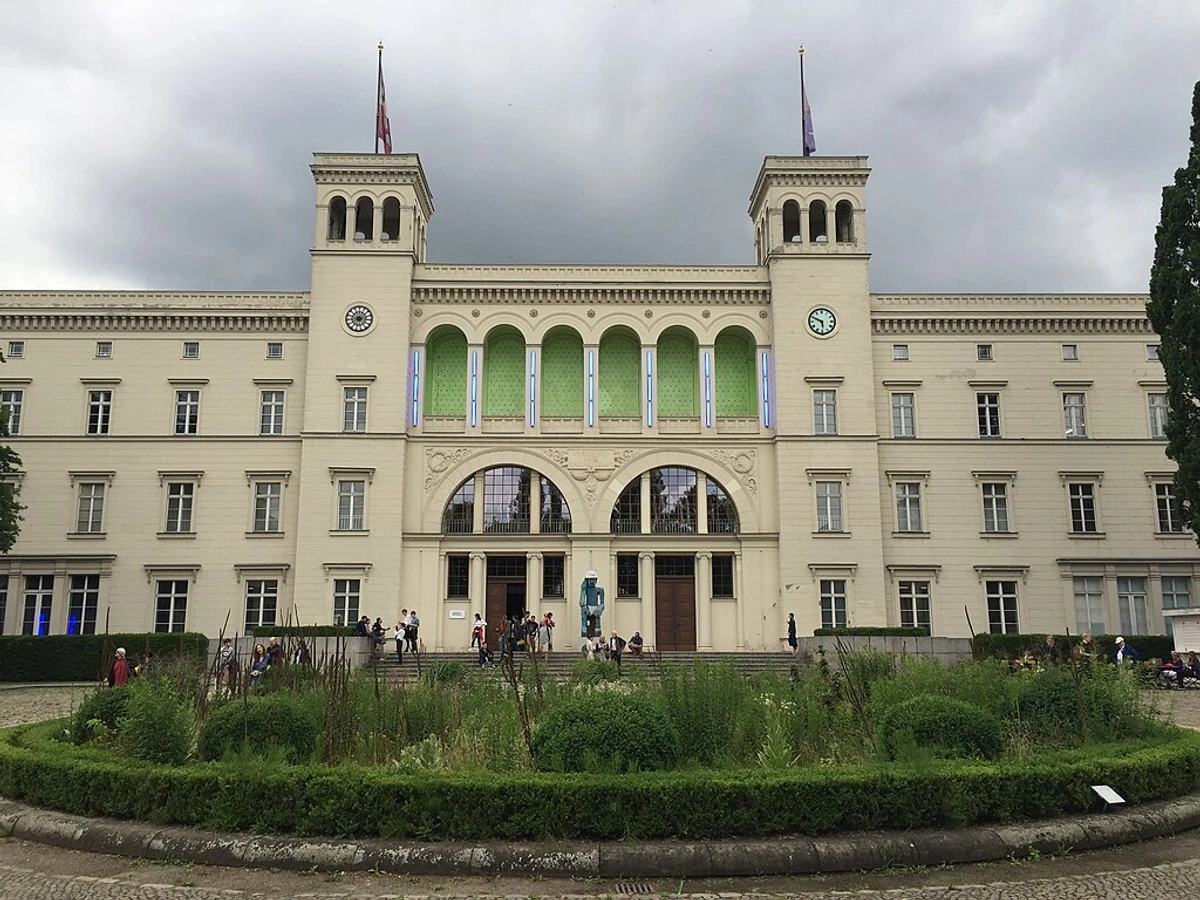
- Louisiana Museum of Modern Art (Humlebæk, Denmark): Located north of Copenhagen in a beautiful park setting overlooking the Øresund strait, Louisiana is renowned for its harmonious blend of architecture, landscape, and art. It houses a significant collection of modern and contemporary art with a strong international focus, presented in light-filled galleries that encourage contemplation. Visiting Louisiana feels like a retreat, a place where art and nature coexist beautifully.
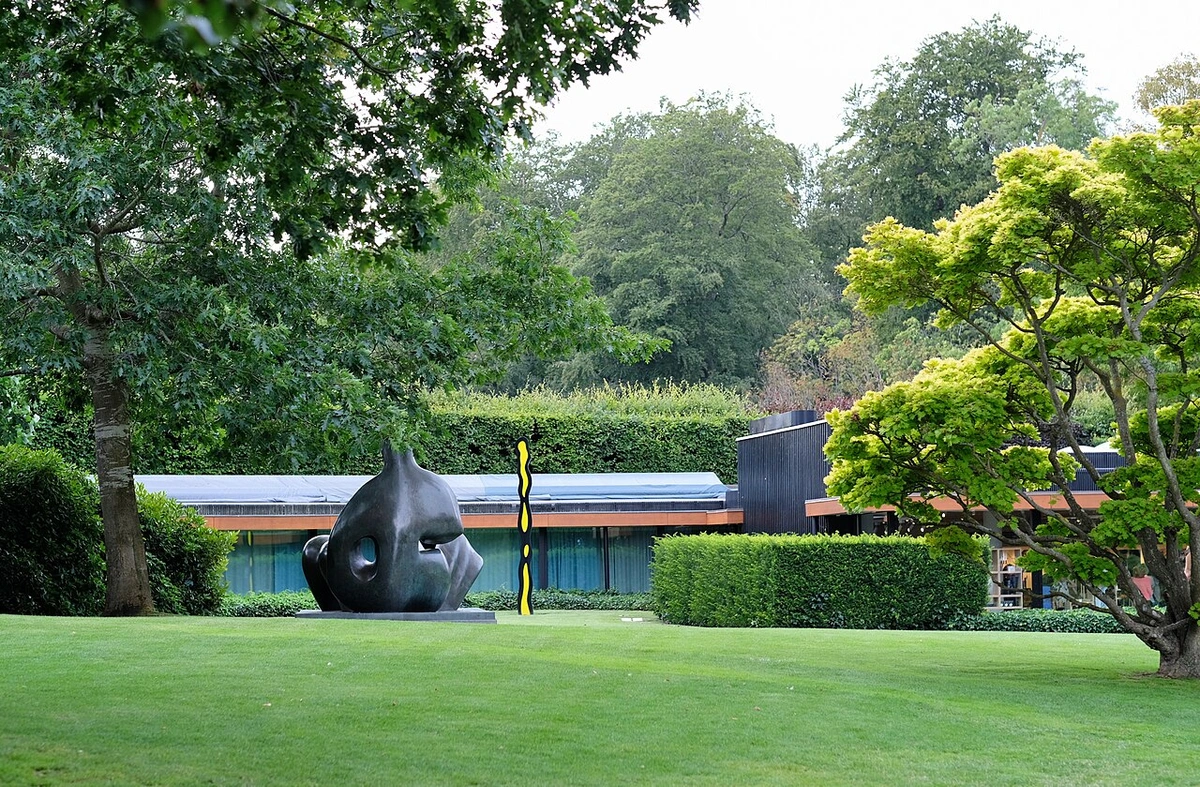
- Key Players in the Contemporary Art Ecosystem: Commercial GalleriesWhile the institutions above are museums, it's impossible to talk about the contemporary art world without mentioning the powerful commercial art galleries. These aren't public institutions with permanent collections in the same way. Instead, they are for-profit businesses that represent living artists (many top artists today) and focus on selling their work, playing a vital role in the primary art market. Names like Gagosian (with locations worldwide including New York, London, Paris, LA, Hong Kong) and David Zwirner (also with multiple international locations) are hugely influential. Visiting these galleries offers a glimpse into the commercial side of the art world and the work of artists currently shaping the conversation. These galleries often participate in major Art Fairs like Art Basel (in Basel, Miami Beach, Hong Kong, Paris) and Frieze (London, New York, LA, Seoul), which are key events for collectors and curators to discover and buy art. Understanding the relationship between these commercial spaces and public museums is key to grasping the full contemporary art ecosystem.
Table 4: Major Contemporary Art Museums & Galleries
Institution Name | City(s) | Country(s) | Type | Focus | Key Architect (if applicable) | Highlights |
|---|---|---|---|---|---|---|
| Tate Modern | London | England | Museum | International Modern & Contemporary Art | Herzog & de Meuron | Turbine Hall installations, collection includes Rothko, Bourgeois, Picasso |
| Centre Pompidou | Paris | France | Museum | 20th/21st C. Art, Design, Architecture | Piano & Rogers | Modern art collection (Matisse, Picasso), radical architecture |
| Guggenheim Museum Bilbao | Bilbao | Spain | Museum | International Contemporary Art | Frank Gehry | Iconic architecture, large-scale installations (Serra) |
| Museo Reina Sofía | Madrid | Spain | Museum | 20th C. Art (esp. Spanish), Contemporary | Picasso's Guernica, collection includes Dalí, Miró | |
| M+ | Hong Kong | China | Museum | 20th/21st C. Visual Culture (Asia focus) | Herzog & de Meuron | Asian visual culture, architecture, design, film |
| Zeitz MOCAA | Cape Town | South Africa | Museum | Contemporary African Art | Thomas Heatherwick (retrofit) | Largest collection of contemporary African art |
| National Museum of Modern and Contemporary Art | Seoul | South Korea | Museum | Korean & International Modern/Contemporary | Leading institution for Korean contemporary art | |
| Hamburger Bahnhof – Museum für Gegenwart | Berlin | Germany | Museum | Contemporary Art (German & International) | Beuys, Kiefer, Warhol collections | |
| Louisiana Museum of Modern Art | Humlebæk | Denmark | Museum | Modern & Contemporary Art (International) | Architecture, landscape, light-filled galleries | |
| Gagosian | Various | Worldwide | Comm. Gallery | Leading Contemporary Artists (Primary Market) | Influential global network, high-profile artist representation | |
| David Zwirner | Various | Worldwide | Comm. Gallery | Leading Contemporary Artists (Primary Market) | Influential global network, high-profile artist representation |
Contemporary Art Platforms: Beyond museums and galleries, the contemporary art world thrives through major international events like the Venice Biennale and Documenta (Kassel, Germany), which showcase cutting-edge art and ideas on a global stage, often defining current artistic conversations and trends.
Leading Design Museums: The Art of the Everyday
These institutions celebrate the art of design in its various forms – product, graphic, fashion, architectural, digital – exploring its impact on our lives and culture. Why is design in a museum? Because design is where human ingenuity meets function and aesthetics, shaping the objects, spaces, and systems we interact with every single day. It's art that you can often touch, sit on, or wear, making it incredibly relatable. It's about the beauty and cleverness found in the things we use every day, from a chair to a typeface.
- Victoria and Albert Museum (V&A) (London, England): The world's leading museum of art, design, and performance, housing an unparalleled collection covering centuries of decorative arts, fashion (with extensive historical and contemporary holdings), ceramics, furniture, graphics, and more. A must-visit for anyone interested in the history of style and making. The V&A is a treasure trove of beautiful and fascinating objects. I could spend hours just looking at the intricate details on historical garments or the evolution of furniture design – it makes you appreciate the thought that goes into even the simplest object.
- Cooper Hewitt, Smithsonian Design Museum (New York, USA): The only museum in the US devoted exclusively to historical and contemporary design. Located on Museum Mile, it offers interactive exhibits exploring the design process. It's a great place to understand the 'how' and 'why' behind the things we use, often showcasing prototypes and sketches alongside finished products. It makes you look at everyday objects with new eyes, appreciating the design decisions that shape our world.
- Design Museum (London, England): Dedicated to contemporary design in every form, from architecture and fashion to graphics, product, and industrial design. Known for its striking building in Kensington. This museum focuses on the design that's happening now, exploring current trends, materials, and social impacts. It's always interesting to see what problems designers are trying to solve today and how they're pushing creative boundaries.
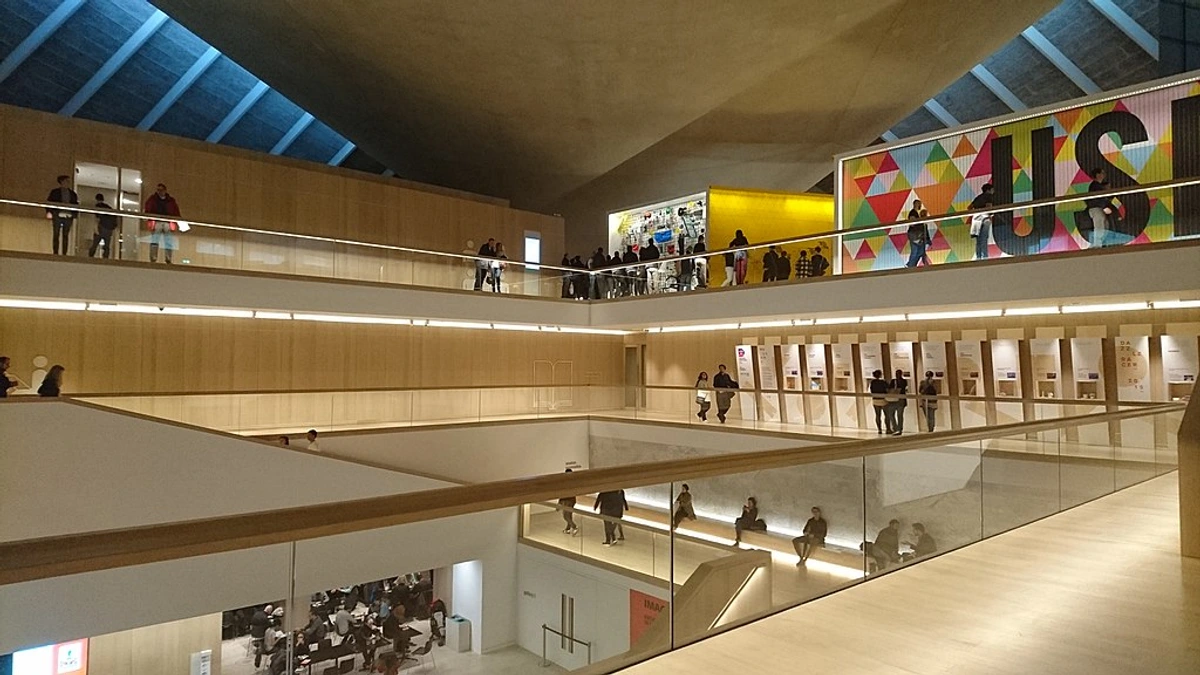
- Vitra Design Museum (Weil am Rhein, Germany): Renowned for its collection of modern furniture design and its campus featuring buildings by leading contemporary architects. Focuses heavily on furniture and industrial design history, showcasing iconic pieces that have defined eras. If you love chairs, this is your place. It's a pilgrimage site for design aficionados, offering deep dives into the history and evolution of everyday objects.
- Musée des Arts Décoratifs (Paris, France): Located in the Louvre's Rohan and Marsan wings, this museum boasts extensive collections of furniture, decorative arts, fashion, textiles, and graphic design, spanning from the Middle Ages to the present day. It offers a deep dive into the evolution of style and craftsmanship in French and international contexts, showcasing exquisite objects that blur the lines between art and utility.
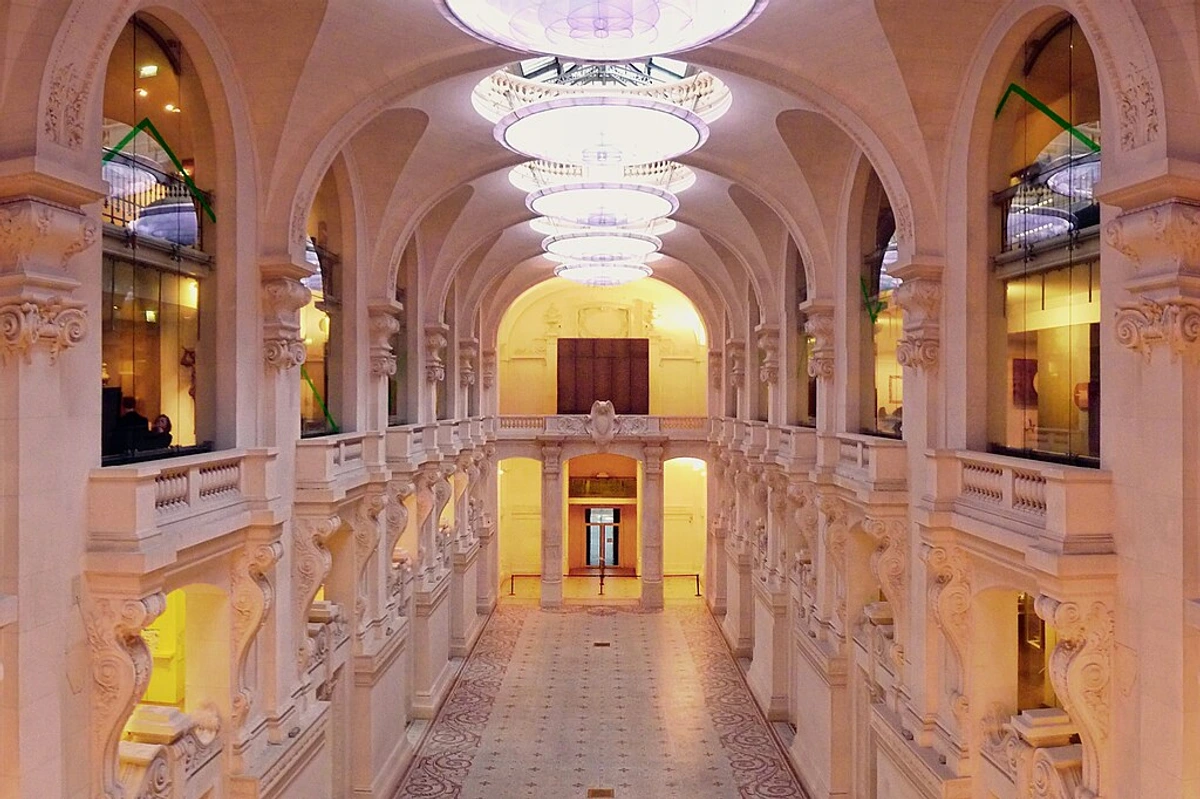
- Specific Medium Museums: While design museums cover broad ground, don't forget institutions dedicated to specific materials or forms, like the Corning Museum of Glass (USA) for glass art and history, the Musée des Tissus (Lyon, France) for textiles, or centers for Film and Moving Image like ACMI (Australian Centre for the Moving Image) in Melbourne. Dedicated Fashion Museums, beyond the V&A or the Met's Costume Institute, include the Musée Galliera (Palais Galliera, Musée de la Mode de la Ville de Paris) in Paris. These specialized museums offer incredibly deep dives into their chosen fields, perfect if you have a particular fascination with a material or form.
Table 5: Leading Design Museums
Museum Name | City | Country | Focus | Highlights |
|---|---|---|---|---|
| Victoria and Albert Museum (V&A) | London | England | Art, Design, Performance (Comprehensive) | Fashion collection, decorative arts, historical objects |
| Cooper Hewitt, Smithsonian Design Museum | New York | USA | Historical & Contemporary Design | Interactive exhibits, design process focus |
| Design Museum | London | England | Contemporary Design (All forms) | Modern architecture, focus on current design trends |
| Vitra Design Museum | Weil am Rhein | Germany | Modern Furniture, Industrial Design, Arch. | Iconic furniture collection, architectural campus |
| Musée des Arts Décoratifs | Paris | France | Decorative Arts, Design, Fashion, Textiles | French decorative arts, fashion history |
| Musée Galliera | Paris | France | Fashion History | Extensive collection of historical and contemporary fashion |
Beyond the Usual Suspects: Unearthing Hidden Gems & Expanding the Definition
Okay, let's be honest. Ticking off the Louvre, the Met, the British Museum – it feels good. It's like collecting badges, proof you've communed with the Greats. And they are great, truly. But sometimes, don't you feel a little... processed? Like you're on a cultural conveyor belt, shuffled past masterpieces alongside thousands of others? I know I do. Sometimes the sheer scale is overwhelming, other times it just feels a bit impersonal. And focusing only on the big names in Europe and North America misses so much incredible art and culture worldwide. Let's broaden our horizons, shall we?
That's where the magic of the hidden gem comes in. These aren't necessarily the biggest or the most famous, but they often offer something the titans can't: intimacy, specificity, and sometimes, pure delightful weirdness. Finding these places feels like discovering a secret whispered just for you. They might be tucked away down a side street, dedicated to a single obscure artist you've never heard of, or focused on a topic so niche it makes you grin. They often reflect a specific passion, a unique curatorial vision, or a deep connection to a local community or history. Seeking out these smaller, more focused institutions can offer a richer, more personal experience, allowing for deeper engagement with a specific subject or artist, and often providing a more authentic glimpse into local culture.
Let's also expand our definition of what a "gallery" or "museum" can be. It's not always a grand building with velvet ropes. Think about places like:
- Sculpture Parks & Gardens: Imagine art breaking free from gallery walls and engaging directly with the landscape. Places like Storm King Art Center (New York, USA) or Yorkshire Sculpture Park (UK) offer expansive settings where monumental sculptures interact with nature. It’s a completely different way to experience scale and environment, letting the art breathe under the open sky. It feels less formal, more like a walk of discovery.

- University Art Museums: Don't overlook the collections housed within universities! Often gems in their own right, they benefit from academic research and can offer focused, high-quality collections. Examples include the Ashmolean Museum (University of Oxford, UK – art and archaeology), the Harvard Art Museums (USA), or the Yale University Art Gallery. They frequently host insightful exhibitions tied to academic programs. Visiting one can feel like discovering a secret collection, often less crowded than the major institutions, allowing for quieter contemplation. See our guide to University Art Galleries.
- Museums of Specific Mediums: As touched upon earlier, there are fantastic museums dedicated solely to Textiles (like Lyon's Musée des Tissus), Ceramics, Glass (Corning Museum of Glass), or even Film/Moving Image (ACMI Melbourne, Museum of the Moving Image NY). These offer deep dives that broader museums can't match, perfect if you have a particular fascination. They celebrate the mastery of specific crafts and materials.
- Local and Regional Museums: Don't underestimate the value of exploring museums in smaller cities or towns. They often hold unique collections related to local history, industry, or regional artists, offering insights you won't find anywhere else. These can be true hidden gems, deeply connected to their community. Think of a museum dedicated to the history of a specific trade, or a gallery showcasing artists from a particular region – they offer a sense of place and identity that global institutions can't replicate.
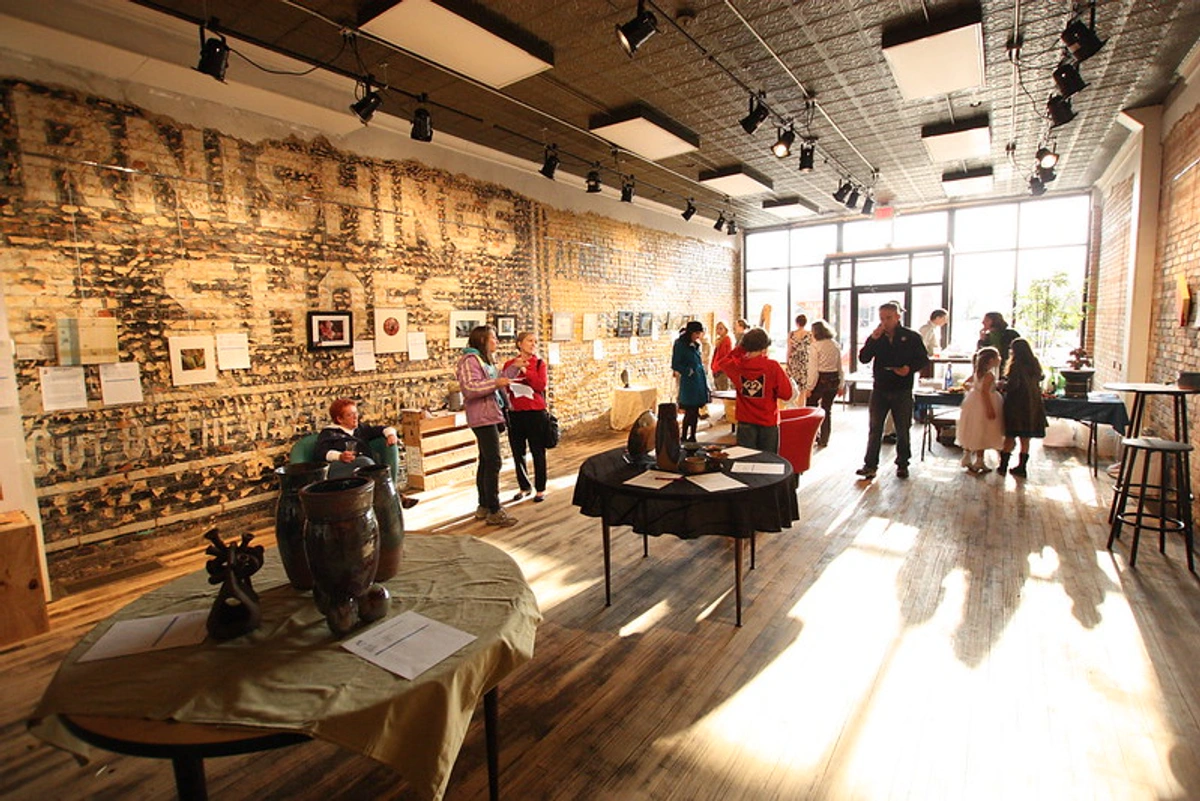
And then there are the truly unique experiences, the ones that defy easy categorization:
- Sir John Soane's Museum (London, UK): Less a museum, more an eccentric architect's house frozen in time, crammed floor-to-ceiling with artifacts, architectural models, paintings (including Hogarth!), and curiosities. It's gloriously cluttered and deeply personal, a true reflection of one man's passion and idiosyncratic taste. It feels like stepping into a cabinet of wonders.
- Museum of Broken Relationships (Zagreb, Croatia & Los Angeles, USA): Yes, really. A crowd-sourced collection of objects left over from failed relationships, each with a short, often poignant or funny, story. It's surprisingly moving and speaks volumes about love, loss, and the meaning we attach to objects. What is art or human experience made tangible? You decide. It's certainly a unique take on collecting, turning personal history into a shared experience.
- The Isabella Stewart Gardner Museum (Boston, USA): Famous for a notorious art heist, but the museum itself is a treasure. Built to resemble a Venetian palace, Gardner arranged her eclectic collection according to her own very personal vision, creating unique juxtapositions and atmospheres. It feels like stepping into her world, a wonderfully idiosyncratic space that reflects the passion of a true collector.
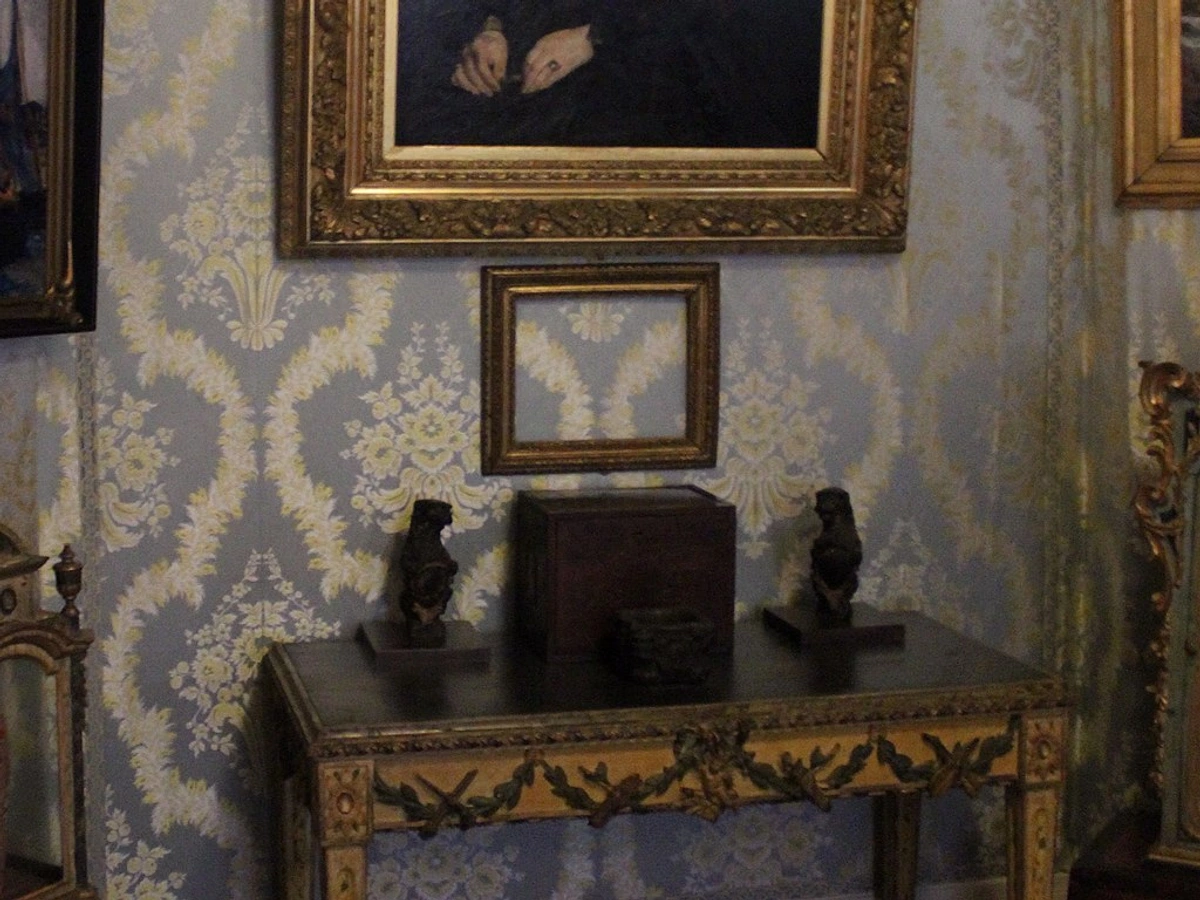
- Naoshima Art Island (Japan): Not a single museum, but an entire island transformed into an art destination, featuring contemporary art installations, unique architecture (like the Chichu Art Museum, built mostly underground), and a stunning natural setting. It requires a journey, adding to the sense of discovery. It's an immersive art experience on a grand scale, where the landscape is as much a part of the art as the objects themselves.
- Artist House Museums: Often overlooked, these offer incredible insight. Visiting the home studio of someone like Monet (Giverny), Rodin (Paris), or Frida Kahlo (Mexico City) provides a context that a large gallery simply can't replicate. You see where they lived, worked, and thought, gaining a deeper understanding of their creative journey. Even smaller, dedicated spaces, like our own little museum in 's-Hertogenbosch, aim to give that personal connection to an artist's world and process.
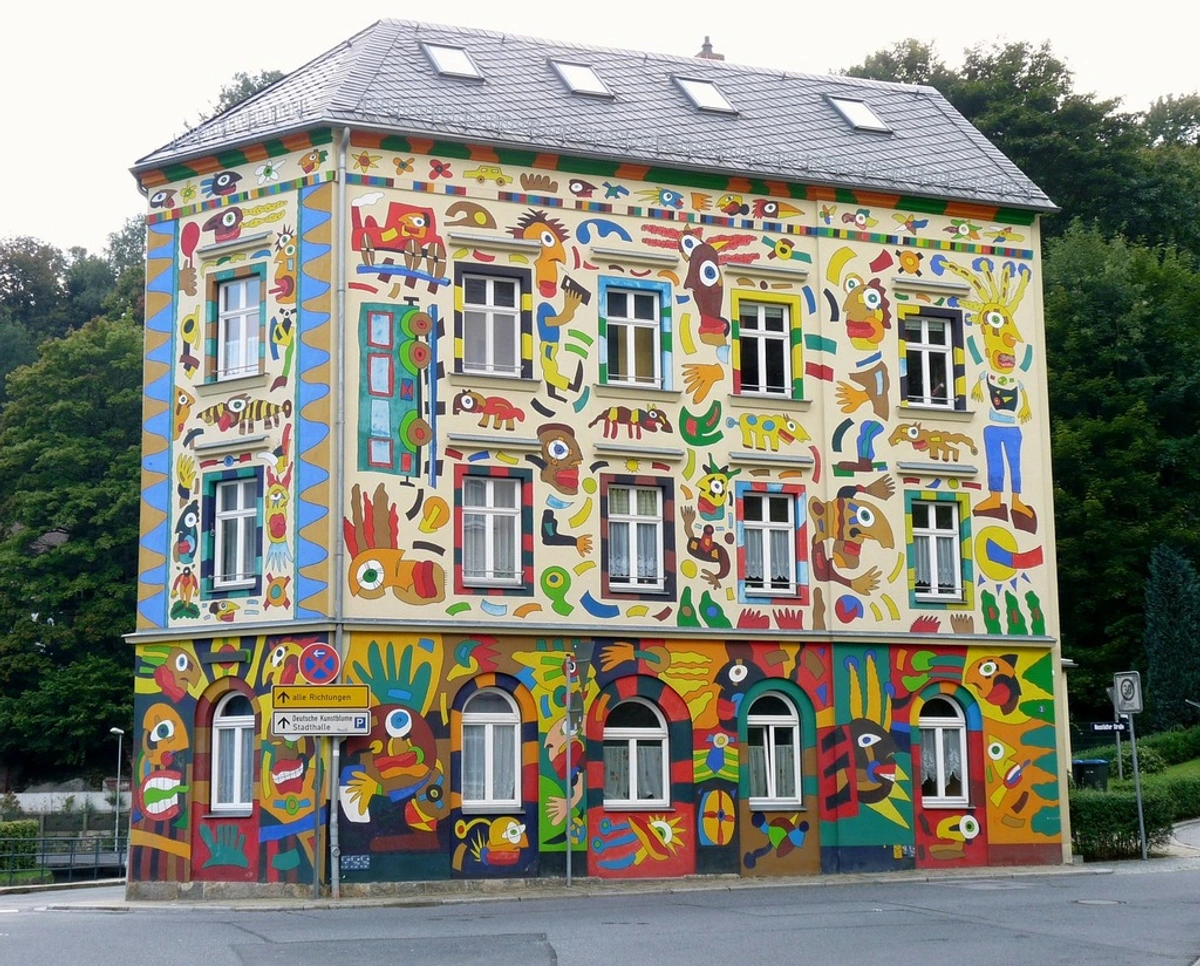
- Specialized Craft Museums: Beyond the big design institutions, look for places focusing on specific crafts like ceramics, woodworking, or metalwork, often celebrating local traditions or contemporary makers. These museums highlight incredible skill and dedication, showcasing the beauty and history of handmade objects.
- Highly Thematic Museums: Sometimes the focus is wonderfully specific or unexpected. Think of the International Spy Museum (Washington D.C. & Berlin), museums dedicated to specific Industrial History (like mining or textiles in former industrial towns), or even museums about magic or specific foods! These passion projects can be incredibly engaging and offer a deep dive into a niche subject, proving that anything can be the subject of a museum if approached with curiosity and care.
What makes these places special? For me, it's:
- Focus: They often dive deep into a specific subject, artist, or theme, allowing for a more concentrated experience.
- Atmosphere: The environment itself is often part of the experience, whether it's a historic house or a stunning landscape.
- Personal Connection: You might feel closer to the creator, the collector, or the stories being told. It feels less anonymous, more intimate.
- Serendipity: Less pressure, more room for quiet contemplation or unexpected delight. You never know what you'll find around the next corner, and that's part of the fun.
So, next time you're planning a trip to one of the best art cities, maybe look beyond the headline acts. Do a little digging for the quirky, the specialized, the passion projects. You might just find your new favourite place, one that feels less like a duty and more like a discovery.
Behind the Velvet Rope: How Museums Build Their Collections
Ever wander through a museum, maybe the Rijksmuseum or the Met, and think, "How did all this stuff get here?" It seems almost magical, this accumulation of treasures spanning centuries and continents. But it's not magic, of course. It's a complex, fascinating, and sometimes contentious process called collections development or acquisition. It's definitely not as simple as just going shopping, though sometimes I wish my own process for deciding what art to create or collect was half as rigorous. My decision-making usually involves less provenance research and more staring blankly at a canvas, wondering where to put the next blob of paint.
So, how do museums decide what makes the cut? It's not random, though sometimes personal taste inevitably plays a role (curators are human, after all!). Here’s a glimpse into the thinking:
- Mission and Scope: Every museum has a mission statement defining its focus – perhaps modern art, ancient Egyptian history, or local heritage. Any potential acquisition must align with this mission. The Met wouldn't suddenly start collecting vintage lunchboxes (unless maybe as part of a design exhibition!), and my little museum probably won't be acquiring a Rembrandt anytime soon. It's about staying true to who they are.
- Significance: Is the object historically, culturally, or artistically important? Does it represent a key moment, artist (like one of the top artists ever), or movement? Does it fill a gap in the existing collection or tell a crucial part of the history of art? It has to earn its place, adding value and meaning to the existing holdings.
- Authenticity and Provenance: This is huge. Can the museum verify the object is genuine? And crucially, what's its ownership history (provenance)? Provenance is the documented history of ownership of an artwork or artifact. Where has it been since it was created? This is vital for ethical reasons – museums increasingly scrutinize whether objects were acquired legally and ethically, especially regarding items potentially looted during colonial periods or conflicts. The debates surrounding the British Museum's Parthenon Marbles or Benin Bronzes highlight this complexity. It's a messy, important conversation, and researching provenance is painstaking detective work, like being a historical detective. It makes you think about the journeys these objects have taken, and the power dynamics involved in their acquisition. As an artist, I think about who owns my work after it leaves my studio – the idea of its future journey is fascinating, though hopefully less fraught with ethical dilemmas!
- Condition and Conservation: Can the object be properly cared for and preserved for the future? Some items require highly specialized environments or ongoing, expensive conservation. Museums have to consider if they have the resources and expertise for long-term art care. A crumbling masterpiece might be significant, but impossible to stabilize, making it a liability rather than an asset. It's a practical reality behind the glamour, a reminder that even timeless objects are subject to decay.
- The Role of Conservation Labs: Speaking of care, behind the scenes, conservation labs are buzzing hives of activity. Highly skilled conservators work meticulously to clean, repair, and stabilize artworks and artifacts, using everything from tiny brushes and scalpels to advanced scientific analysis. They might be removing centuries of grime from a painting, carefully reassembling shattered pottery, or stabilizing fragile textiles. They are the unsung heroes ensuring these treasures survive for future generations. It's painstaking work, often invisible to the visitor, but absolutely vital. I sometimes think about their work when I'm carefully cleaning my own brushes or deciding how to frame a piece – that same dedication to preserving the physical object.

- Funding and Acquisition Methods: Masterpieces don't come cheap! Museums acquire works through:
- Purchase: Using funds from endowments, donations, or specific acquisition budgets. This often involves navigating the high-stakes art market, sometimes competing with private collectors or commercial galleries trying to sell art. Major museums might budget millions for a single key acquisition, sometimes sourcing funds through high-profile campaigns or even selling other works (deaccessioning). It's a world away from selling a print online, that's for sure!
- Donation/Bequest: Gifts from collectors or artists (living or deceased) are a major source for many collections. Donors often get tax benefits and the prestige of their name attached to the work. It's a way for private passion to become public heritage.
- Field Collection: Primarily for archaeology, anthropology, or natural history museums – items collected through organized expeditions (though historical practices are often under ethical review today, linking back to those provenance issues).
- Curatorial Expertise: Curators, specialists in their fields, play a key role. They research potential acquisitions, evaluate their significance and condition, make recommendations to acquisition committees or directors, and build relationships with donors, dealers, and artists. Their knowledge and judgment are critical. They are the gatekeepers, in a way, shaping the narrative the museum tells through its collection. Museum boards or trustees also play a significant role, often having the final say on major acquisitions and overseeing the museum's overall direction and finances.
- Deaccessioning: This is the flip side of acquisition – the formal process of removing an object from the collection, usually through sale, exchange, or transfer. It's often controversial but can be necessary to refine focus, raise funds for crucial new acquisitions (a common requirement for ethical deaccessioning), or manage storage constraints. Ethical guidelines for deaccessioning typically require that funds generated from the sale of deaccessioned works be used only for the acquisition of new works or for the direct care of the existing collection, not for general operating expenses. It's not just selling off unwanted stuff; it's a strategic decision, ideally aimed at improving the collection overall. Major Auction Houses like Sotheby's and Christie's often handle high-profile museum deaccessions, placing them firmly within the secondary art market ecosystem. It's a reminder that even in the hallowed halls of museums, the art world's economic realities are never far away.
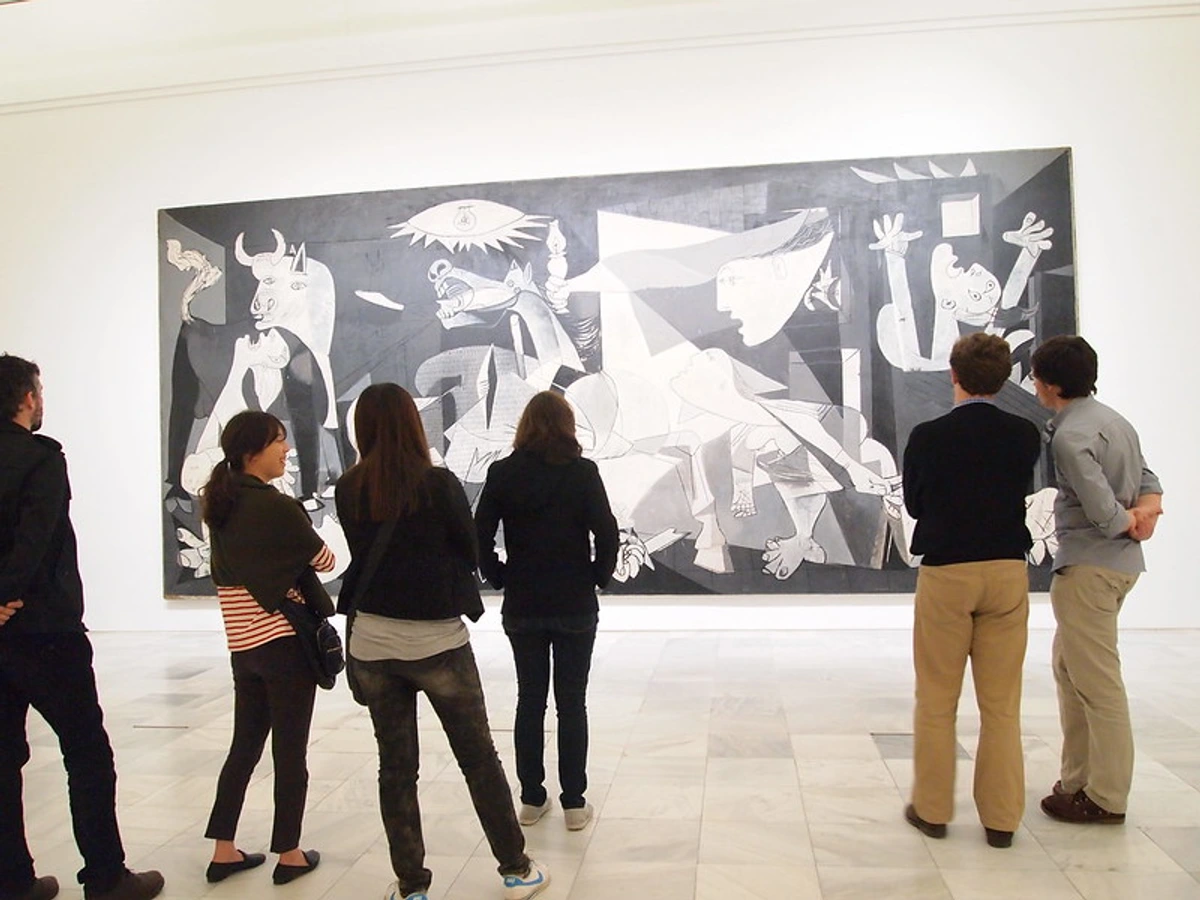
It's a constant balancing act: aligning with the mission, ensuring ethical acquisition, securing funding, planning for long-term care, and making choices that will resonate with future generations. So next time you see a new acquisition label, remember the layers of research, debate, and decision-making that likely brought that object into the public trust. It's a story far richer than just putting something nice on a wall.
The Evolving Museum: Technology and the Future
The mention of virtual tours above hints at something bigger: museums aren't static temples of the past anymore. They're evolving, and technology is a huge driver of that change. It makes you wonder, doesn't it? Will visiting a museum in 20 years feel completely different? Will we all be wearing VR headsets, or will the quiet contemplation of an object still hold sway? Personally, I swing between excitement about the possibilities and a grumpy resistance to anything that might distract from just looking at the art. Can a screen ever truly capture the feeling of standing before a massive Rothko, feeling the color wash over you? Probably not the full sensory experience – the subtle scent of old materials, the quiet hum of the space, the specific quality of light on a surface – those are hard to replicate digitally. But technology is changing things, both for visitors and for artists.
From an artist's perspective, technology impacts how art is made (digital tools, video art, interactive installations), how it's viewed (online platforms, virtual exhibitions), and how it's understood (digital archives, online research). It opens up new possibilities for creation and distribution, but also raises questions about authenticity, ownership in the digital realm, and the value of the physical object. Will the 'aura' of a unique artwork diminish in an age of perfect digital copies? The aura, a concept popularized by Walter Benjamin, refers to the unique presence and authority of an original artwork, tied to its history, physical existence, and location. It's that feeling you get standing before a masterpiece, knowing it's the actual object created by the artist, that it has a history. Technology, while amazing for access and information, struggles to replicate this unique physical and historical presence.
Here's how technology is reshaping the museum experience and what the future might hold:
- Enhanced On-Site Experiences: Forget clunky audio guides. Think Augmented Reality (AR) overlays on your phone showing an ancient statue in its original colors, or revealing the hidden layers beneath a painting (like understanding symbolism visually). AR overlays digital information or images onto the real world, often viewed through a phone or tablet screen. Interactive projections, gesture-based controls, and location-aware content can offer deeper engagement without necessarily replacing the object itself. Some museums, like the Cleveland Museum of Art, have pioneered large interactive screens allowing playful exploration of their collections. It's about adding layers of information and interaction, making the history and context more accessible.
- Immersive Virtual Reality (VR): Beyond simple virtual tours, VR can transport you. VR creates entirely simulated environments that users can interact with. Imagine walking through ancient Rome as reconstructed by archaeologists, stepping inside Van Gogh's "Bedroom in Arles," or manipulating a 3D model of a delicate artifact you could never touch in real life. This offers unprecedented access, especially for those unable to travel. It's a powerful tool for education and accessibility, even if it lacks the 'aura' of the real thing. For artists, it's a new canvas, a new dimension to explore.
- Artificial Intelligence (AI): AI is creeping in behind the scenes and increasingly in the galleries. AI refers to the simulation of human intelligence processes by machines, especially computer systems. It can help catalogue vast collections, analyze visitor behaviour to improve layouts, personalize tour recommendations, or even power chatbots answering visitor questions. Could AI even assist curators in identifying acquisition targets or spotting trends in art history? The possibilities are intriguing, if slightly unnerving. Will AI become the ultimate curator, free from human bias (or human intuition)? It makes me wonder if an AI could ever truly appreciate the feeling behind a brushstroke.
- Digital Preservation and Access: Museums are digitizing their collections at an incredible rate, creating high-resolution 3D scans and images. This not only preserves a digital record against potential disaster but makes collections accessible globally for research, education, and pure enjoyment. Online databases are becoming incredibly sophisticated research tools. Initiatives like the Rijksmuseum's Rijksstudio actively encourage users to download and creatively reuse high-resolution images of their collection. This is huge for artists and researchers worldwide, democratizing access to visual resources. Platforms like Google Arts & Culture partner with hundreds of institutions to offer virtual tours and online exhibits, making vast amounts of art accessible with a click. It's about making the museum a global, always-on presence, a constant source of inspiration and learning.
Challenges and Questions:
Of course, it's not all seamless progress. Museums face challenges, and as a visitor or artist, you might wonder about them too:
- Cost: Implementing cutting-edge tech is expensive. How do museums balance innovation with their core mission of preservation and education?
- Digital Divide: Ensuring access for visitors without the latest gadgets. How do we make sure technology is inclusive, not exclusive?
- Authenticity vs. Simulation: Does a perfect digital replica replace the power of seeing the real thing? Does technology enhance or distract from the aura of the unique object? That's the million-dollar question, isn't it? Can technology truly replicate the feeling of standing before a masterpiece, sensing its scale and history? I'm still not convinced, but maybe that's just my old-fashioned artist brain talking.
- Keeping Pace: Technology evolves rapidly; museums need strategies to avoid costly obsolescence. It's a constant race to keep up, requiring significant investment and planning.
The future likely involves a hybrid model: leveraging technology to enhance understanding, accessibility, and engagement, while still cherishing the irreplaceable experience of encountering authentic objects in a physical space. The goal isn't to replace the museum, but to augment it, making its treasures more meaningful and reachable for everyone. It's a future I'm cautiously optimistic about, even if I still plan to occasionally just stand quietly in a gallery, phone firmly in my pocket, just looking.
Planning Your Visit: Practical Tips from Someone Who's Been There
Visiting world-renowned institutions can be overwhelming. Trust me, I've hit that museum fatigue wall more times than I care to admit – usually somewhere around the 3rd hour in a particularly dense wing, when every masterpiece starts to look like a blur. Maximize your experience with these tips:
- Book Tickets in Advance: Especially for popular museums (Louvre, MoMA, Uffizi, Vatican), booking timed-entry tickets online is often essential to avoid long queues or disappointment. Nothing kills the mood faster than standing in line for two hours, watching people who planned ahead breeze past you. Learn from my past mistakes!
- Check Opening Hours & Closures: Hours vary, and many museums are closed one day a week (often Monday). Check the official website before you go. Special exhibitions might have different hours or require separate tickets. Don't show up only to find the doors locked! I once did this in Paris, convinced I had the day right. I didn't.
- Consider Admission Costs & Passes: Prices can vary significantly. Some major national museums offer free general admission (like the National Gallery London, British Museum, Smithsonian museums in DC) – a fantastic bonus! Others can range from €15 to €30 or more. Research city-specific museum passes (e.g., Paris Museum Pass, London Pass, New York CityPASS) if you plan on visiting multiple paid institutions – they can sometimes offer savings and convenience, but do the math to see if it's truly worth it based on your itinerary. Sometimes the flexibility of buying individual tickets is better. Also, check the museum's website for potential free days or hours – many institutions offer specific times when admission is free to the public.
- Don't Try to See Everything: For vast museums like the Met, Louvre, or British Museum, it's impossible to see it all in one day. Prioritize: Identify wings, periods, or specific masterpieces you most want to see. Use the museum map. Consider guided tours for highlights. Learning how to read a painting can help focus your viewing and make the experience less overwhelming. A focused visit is always better than a frantic sprint where nothing truly sinks in. Your brain can only absorb so much beauty (or history) at once.
- Use Museum Resources: Pick up a map upon entry. Use audio guides (often available for rent or via museum apps) for deeper context. Check for free guided tours offered by docents – these can provide excellent insights and often highlight key works or themes. Many major museums also have dedicated mobile apps that offer interactive maps, audio tours, and additional information, which can be incredibly helpful for navigation and learning on the go. These resources are there to help you, use them! Don't be too proud to ask for directions if you're lost (which, let's be honest, you probably will be at the Louvre).
- Check for Special Exhibitions & Events: Museums constantly host temporary exhibitions, lectures, workshops, and other events. These offer unique, time-limited experiences beyond the permanent collection and can be a great reason to visit. Check the museum's website in advance to see what's on. Sometimes a special exhibition is the perfect way to see a specific artist or theme in depth.
- Consider Museum Membership: If you live near or frequently visit a particular museum, membership can offer benefits like free entry, early access to exhibitions, discounts at the shop or cafe, and invitations to special events. It's a great way to support the institution and enhance your visits, turning a one-off trip into a regular source of inspiration.
- Wear Comfortable Shoes: You will be doing a lot of walking and standing. Seriously, don't underestimate this! My feet ache just thinking about it. Prioritize comfort over style, your feet will thank you.
- Be Aware of Rules: Check photography policies (flash is usually prohibited, and sometimes photography is restricted entirely for special exhibitions), rules about bags/backpacks (large ones often need to be checked), and food/drink restrictions (usually only allowed in designated areas). Utilize the cloakroom for larger bags or coats – it's much more comfortable to explore hands-free, and it protects the art (and your back!). Don't be that person whose backpack knocks over a priceless vase (though I've had nightmares about it). Be respectful of the art and other visitors.
- Consider Off-Peak Times: Visiting early morning on a weekday is often less crowded than weekend afternoons. If you can swing it, go when it's quieter for a more peaceful experience. Tuesday mornings are often a good bet.
- Accessibility: Most major institutions strive to offer accessibility services (wheelchairs, accessible routes, descriptive tours). However, accessibility can vary, especially in older historic buildings. Always check the museum's official website for specific accessibility information and planning your visit well in advance. Planning is key here to ensure a smooth visit for everyone.
- Visiting with Children: Many large museums offer family guides, activity sheets, or specific family tours. Look for interactive exhibits. Set realistic expectations – focus on a few key areas and take plenty of breaks (and maybe promise ice cream afterwards!). Keep it fun, not a forced march through history. Engaging kids with a few key pieces they find interesting is far better than dragging them through endless halls.
- Combat Museum Fatigue: It's real! Don't push yourself too hard. Schedule breaks, perhaps visit the museum cafe or garden. Museum cafes and gift shops, while sometimes pricey, are also part of the experience – places to refuel, process what you've seen, or buy that postcard you absolutely don't need but suddenly must have. Vary your focus – switch from paintings to sculpture or decorative arts. Sometimes less is more; a focused visit enjoying a few things deeply is better than a frantic rush seeing nothing properly. When your brain starts to feel full, it's okay to take a break or call it a day. There's always next time.
Virtual Exploration: Accessing Treasures Online
Can't travel? Or maybe you want to do some research before you go? Or perhaps you just want to see a specific detail up close without the crowds? Many renowned institutions offer incredible virtual access, which is a game-changer for artists, students, and anyone curious:
- Online Collections: Searchable databases with high-resolution images and detailed information about artworks and artifacts. Many, like the Rijksmuseum, offer images for download and reuse (check licenses!). This is amazing for studying details, techniques, or historical context from your own studio. It's like having a private viewing room at your fingertips.
- Virtual Tours: Platforms like Google Arts & Culture partner with hundreds of museums worldwide to offer Street View-style tours of galleries. Many museums also host virtual tours on their own websites. It's not the same as being there, but it's a fantastic way to get a sense of the space and see works you might otherwise miss. It's a great way to scout out a museum before a physical visit or revisit favorite rooms from afar. See our guide to virtual art gallery tours.
- Online Exhibitions: Digital versions or curated online-only exhibitions provide deep dives into specific themes or artists. These can be incredibly well-researched and offer unique perspectives, often utilizing multimedia elements that aren't possible in a physical space.
- Lectures & Educational Content: Many museums post lectures, curator talks, and educational materials online (check their websites or YouTube channels). This is invaluable for learning directly from experts and gaining deeper insights into the collections and exhibitions.
Virtual visits are an excellent way to explore, research, and find art inspiration from anywhere in the world. It's not quite the same as standing in front of the real thing, feeling its presence, but it's an amazing resource nonetheless, democratizing access to cultural treasures and opening up the museum world to a global audience.
Frequently Asked Questions (FAQ)
Q1: How do I choose which museum to visit in a city with many options (like Paris, London, NYC)?
A: Consider your primary interests (Art periods? History? Photography? Design?). Research the highlights of each major museum (and maybe some smaller ones!). Factor in location and time constraints. Look at current special exhibitions which might sway your decision. Reading guides specific to the city (like our NYC guide or guides to London or Paris) can help. Trust your gut – what excites you most? Don't feel pressured to see the "most famous" one if another aligns better with your interests.
Q2: What's the best way to tackle a huge museum like the Louvre or the Met?
A: Plan ahead. Decide what you must see and locate those galleries on the map first. Consider a highlights tour (guided or self-guided using museum resources). Accept you won't see everything – it's impossible! Take breaks (see tips on Museum Fatigue above). Focus on quality viewing over quantity. It's better to truly connect with a few pieces than rush past hundreds. Think of it as a first date, not a marriage – you can always go back! A good rule of thumb for massive museums is to plan for maybe 2-3 hours per visit, focusing on specific wings or periods, rather than trying to cover everything at once.
Q3: Are commercial galleries like Gagosian or David Zwirner different from museums?
A: Yes, significantly. Museums are generally non-profit institutions focused on collecting, preserving, studying, and exhibiting art/artifacts for public education. Commercial galleries are for-profit businesses that represent artists, exhibit their work, and aim to sell it to collectors, museums, and the public (where to buy art). They are crucial to the primary art market and often participate in major Art Fairs. Think of museums as public libraries of culture, and commercial galleries as the vibrant marketplaces where new work is introduced. Both are vital, but they serve different purposes.
Q4: How can visiting museums help me as an art lover or aspiring collector?
*A: Museums offer invaluable opportunities to:
- See masterpieces in person to understand scale, texture, and presence – something photos can't replicate.
- Learn art history and context through curated displays and information.
- Develop your eye and define your personal taste by seeing a wide range of work.
- Discover artists or movements you weren't familiar with.
- Gain inspiration for your own creativity or collection focus.
- Understand quality and provenance by seeing well-documented works.
- See how different types of art (painting, sculpture, installation) are displayed effectively.
They are essentially free masterclasses in art history and appreciation! Plus, they can help you figure out what kind of art truly speaks to you before you start buying art.*
Q5: Are these major museums generally accessible for visitors with disabilities?
A: Most globally renowned museums strive to be accessible. This typically includes wheelchair access (ramps, lifts), accessible restrooms, and sometimes services like audio descriptions or sign language tours. However, accessibility can vary, especially in older historic buildings. Always check the museum's official website for specific accessibility information and planning your visit well in advance. It's always best to be prepared and contact them directly if you have specific needs.
Q6: What's the difference between a museum and a gallery?
A: The terms are often used interchangeably, but generally: Museums tend to have permanent collections they own, focus on preservation and education across various fields (art, history, science), and are usually non-profit. Galleries can refer to museums (like the National Gallery), but often mean commercial spaces focused on exhibiting and selling contemporary art (like Gagosian), or smaller non-profit exhibition spaces without large permanent collections. So, while all museums are galleries in a sense, not all galleries are museums. It can be confusing, I know!
Q7: What are Auction Houses and how do they relate to museums?
A: Major Auction Houses like Sotheby's and Christie's are primarily part of the secondary art market, facilitating the resale of art between collectors. Museums sometimes acquire works at auction, and controversially, sometimes sell works (deaccession) through auctions to raise funds for other acquisitions. They are key players in the financial side of the art world, where treasures change hands, often for eye-watering sums. It's a different world from the quiet contemplation of a museum gallery!
Q8: Are there any general etiquette rules I should know when visiting a museum?
A: Yes! Common etiquette includes: Don't touch the art (seriously, don't!). Maintain a respectful distance. Be mindful of other visitors (don't block views). Keep voices down. Follow photography rules (no flash!). Don't bring food or drink into the galleries. And if you have a large bag, check it at the cloakroom – it's safer for the art and easier for you! Basically, be a good human and treat the space and the art with respect.
Q9: How can I find information on special exhibitions or events at a museum?
A: The best place is always the museum's official website. They will have a dedicated section for current and upcoming exhibitions, events calendars, and often information on lectures, tours, and family programs. Signing up for their email newsletter is also a great way to stay informed about what's happening. Social media can also be a good source for announcements and behind-the-scenes glimpses.
Q10: What is the "aura" of an artwork, and can technology replicate it?
A: The concept of "aura," famously discussed by Walter Benjamin, refers to the unique presence and authority of an original artwork, tied to its history, physical existence, and location. It's that feeling you get standing before a masterpiece, knowing it's the actual object created by the artist, that it has a history. Technology, while amazing for access and information, struggles to replicate this unique physical and historical presence. A high-resolution image or VR tour can show you the details, but it can't give you the same sense of scale, texture, or the quiet energy of being in the same physical space as the original. For me, the aura is still tied to the real thing.
Q11: Are museum gift shops worth visiting?
A: Absolutely! While sometimes a bit pricey, museum gift shops often offer unique items related to the collections or exhibitions – books, prints, jewelry, educational toys, and quirky souvenirs. It's a great place to find a special gift, pick up a memento of your visit, or simply browse for inspiration. Plus, purchases often help support the museum's work, which is a nice bonus.
Conclusion: Your Gateway to Global Culture and Personal Discovery
The galleries and museums highlighted in this expanded guide represent some of the most significant cultural institutions worldwide. From the vast historical and artistic treasures of the Louvre and the Met, spanning continents and millennia, to the focused explorations of photography, contemporary art, and design, and delving into specialized institutions, hidden gems, the mechanics of collection building (including the roles of conservation, auction houses, and deaccessioning), and the technological future, these venues offer unparalleled opportunities for learning, inspiration, and appreciation of human creativity and history across diverse cultures. Engaging with these institutions, whether through a physical visit planned with our tips (considering passes, kids, and fatigue!) or via increasingly sophisticated virtual explorations (like Google Arts & Culture), allows for a deeper understanding of our shared past, the artistic expressions that define our present (what is art?), and the enduring power of human ingenuity across time and geography. They are essential destinations for any cultural traveler or curious mind seeking the best gallery or museum experience the art gallery worldwide scene has to offer. More than that, they are places for personal discovery, for quiet contemplation, and for feeling connected to the vast, incredible story of humanity's creative journey. They are places where you might just find a piece of yourself reflected in the art or history on display. So go forth, explore, and let these cultural treasures speak to you. Your next favorite moment of quiet awe might be just around the corner.




